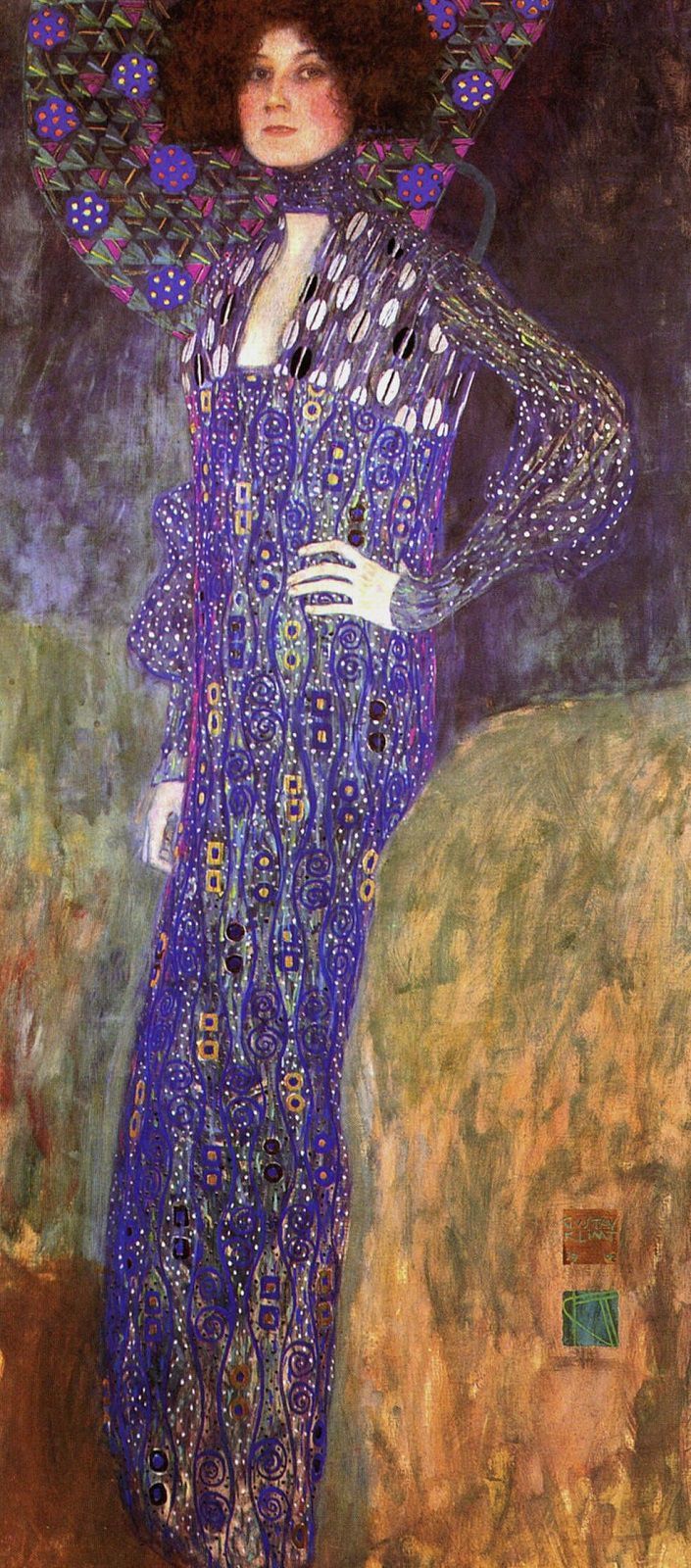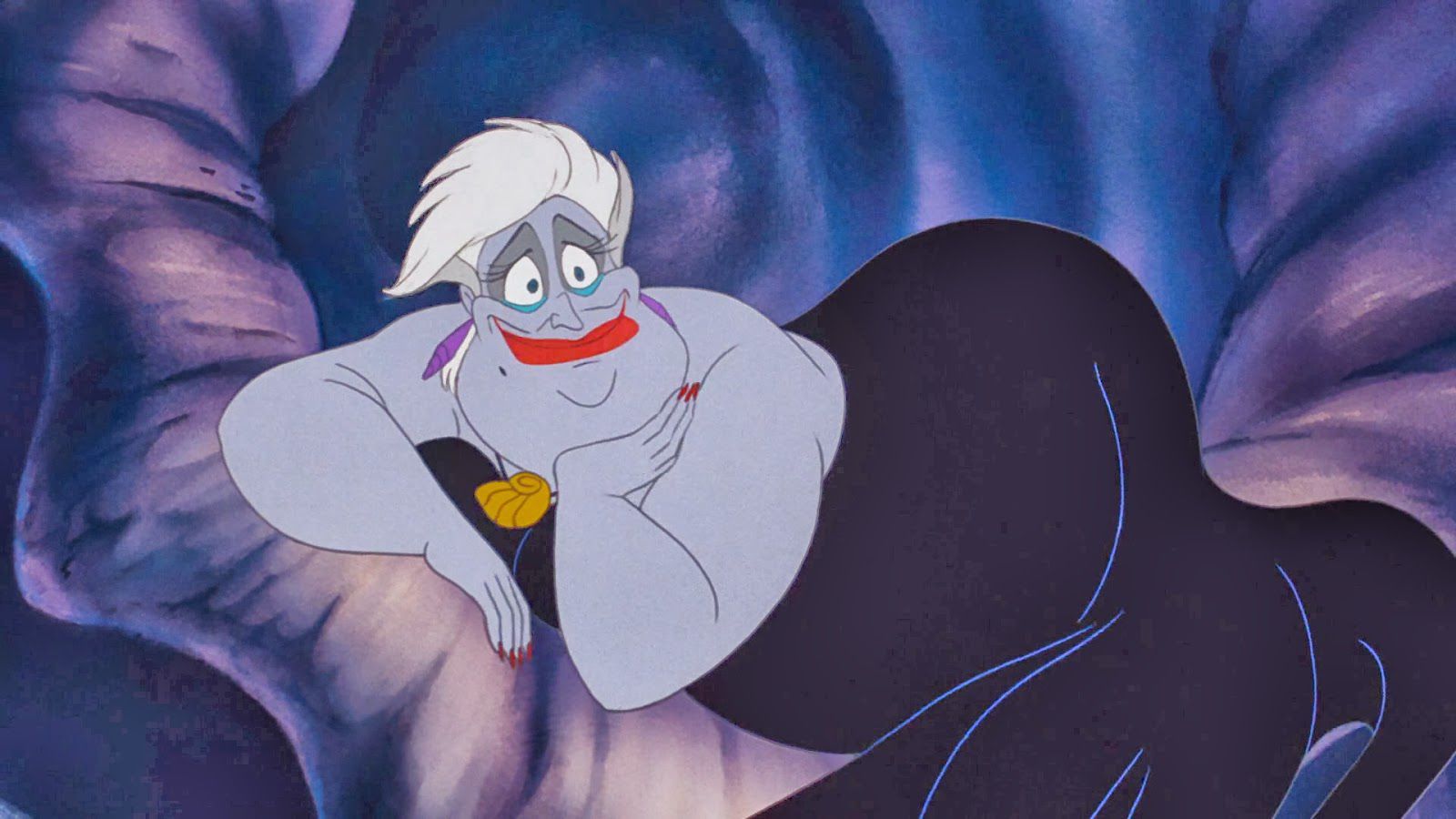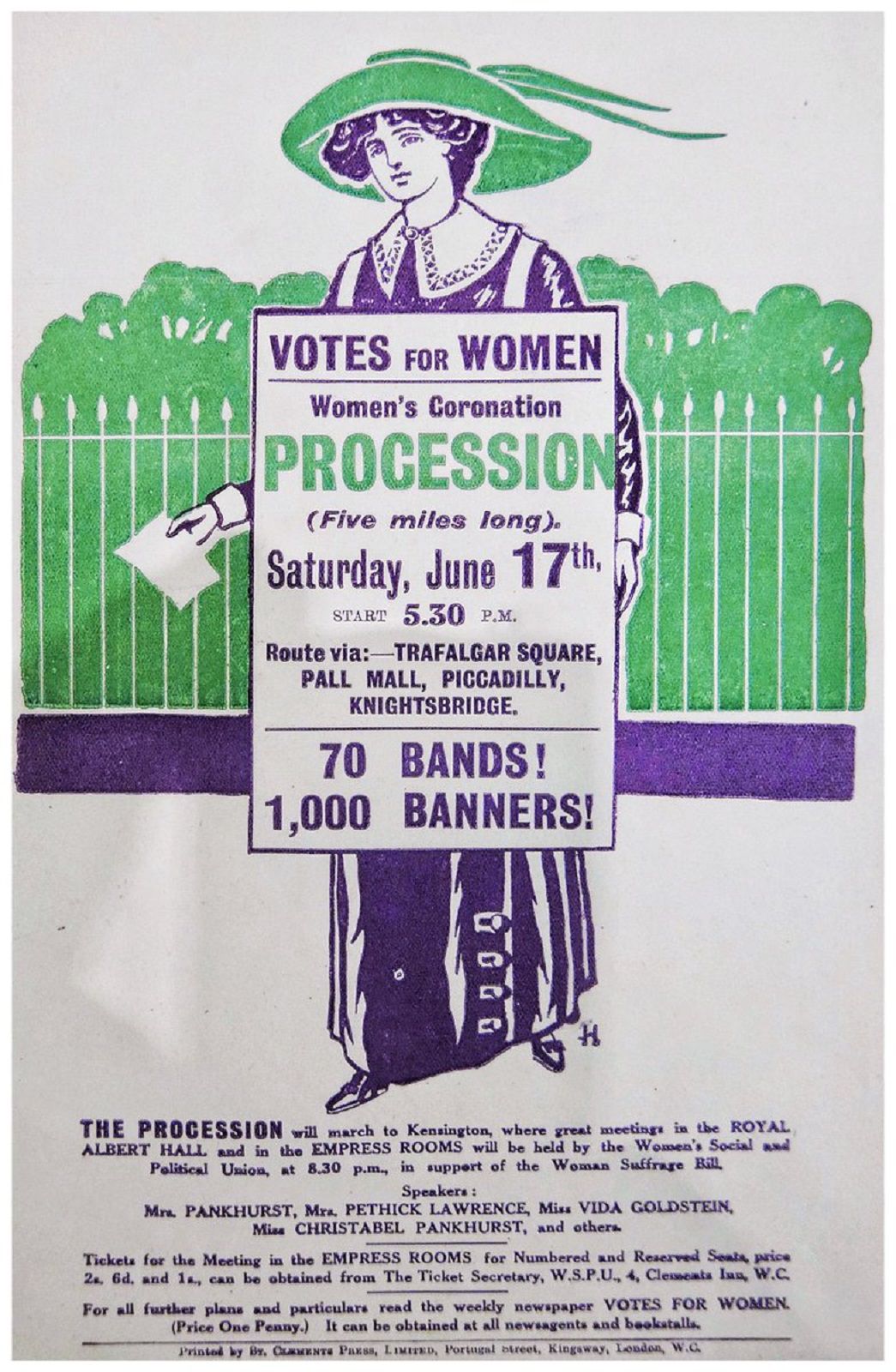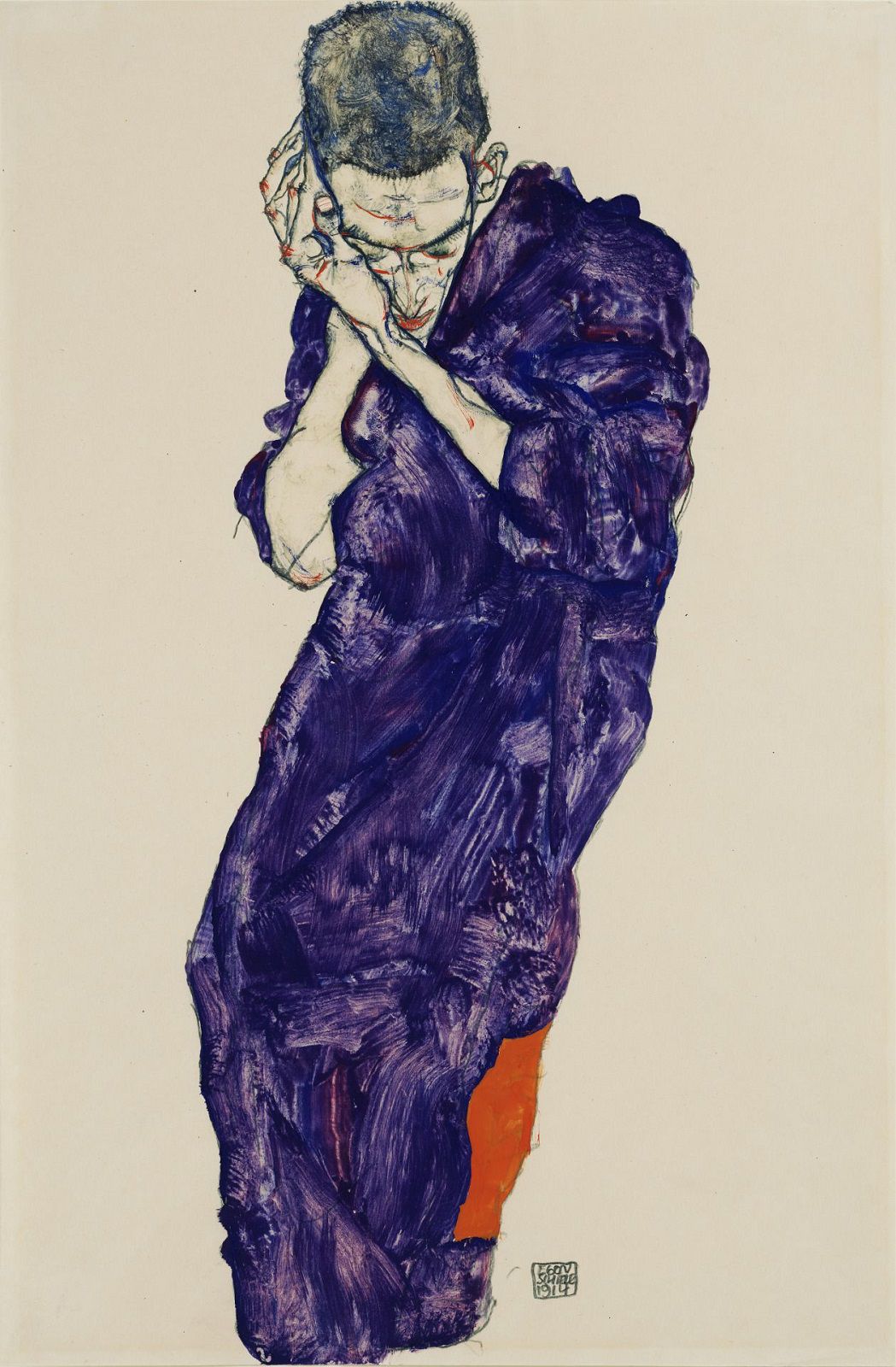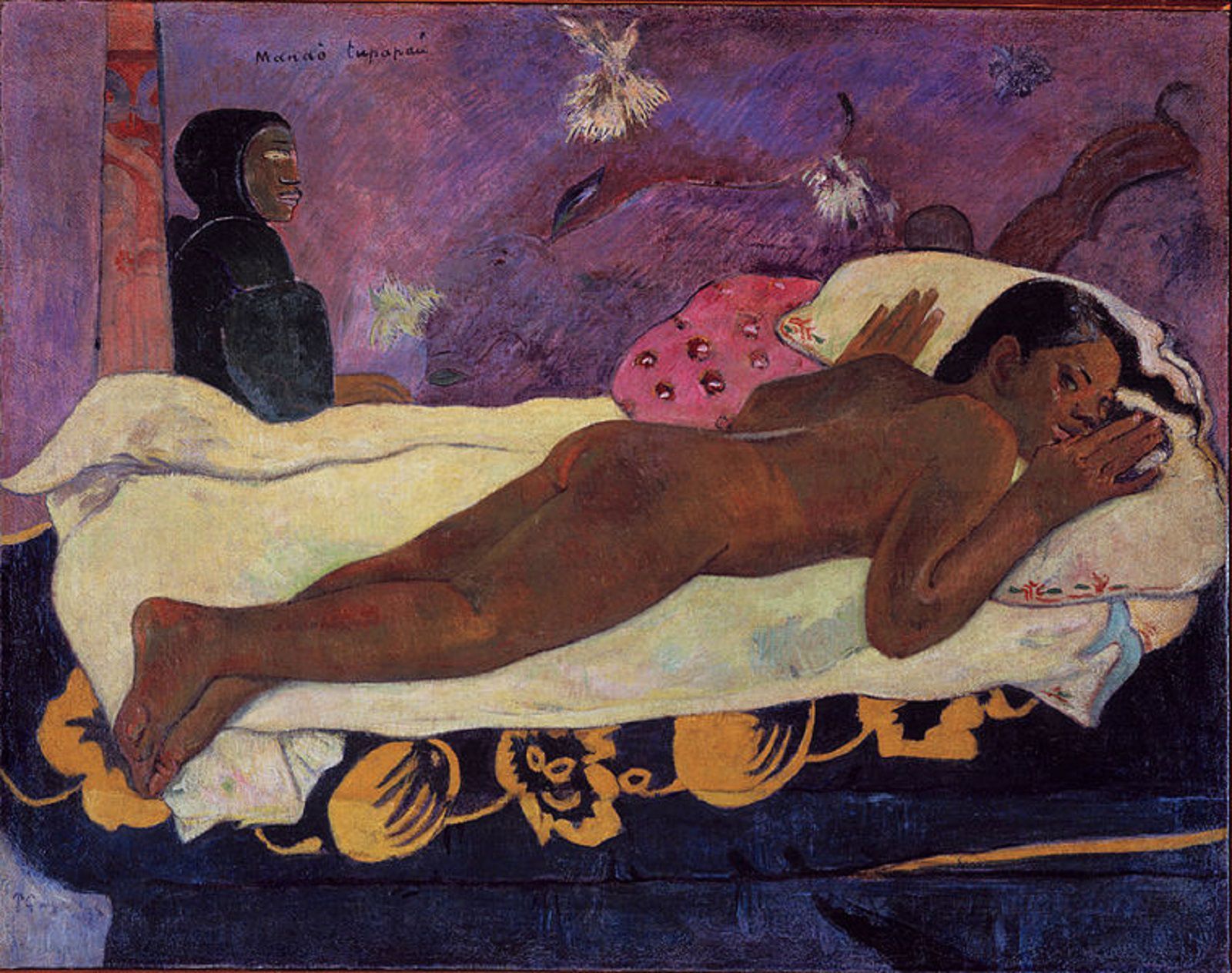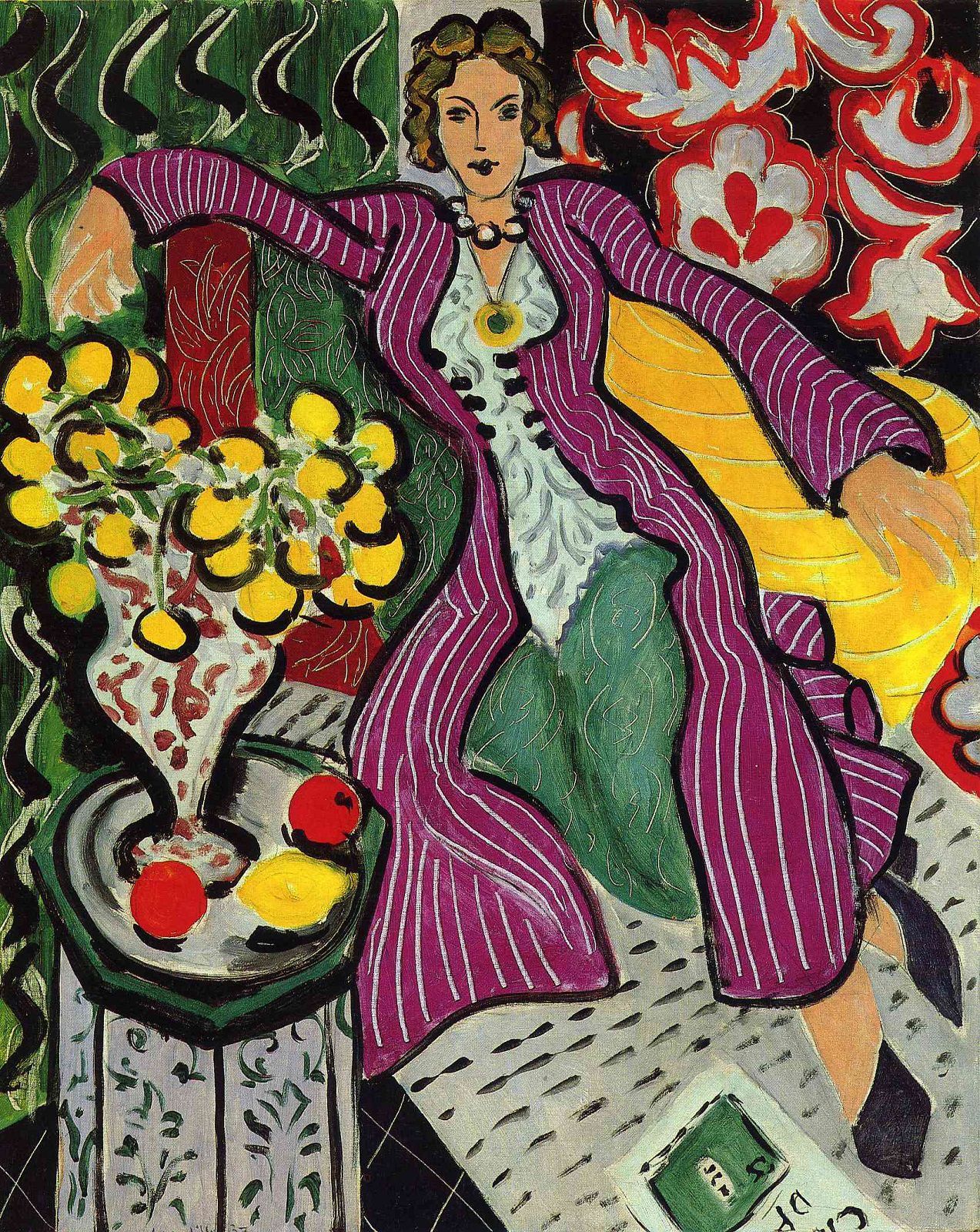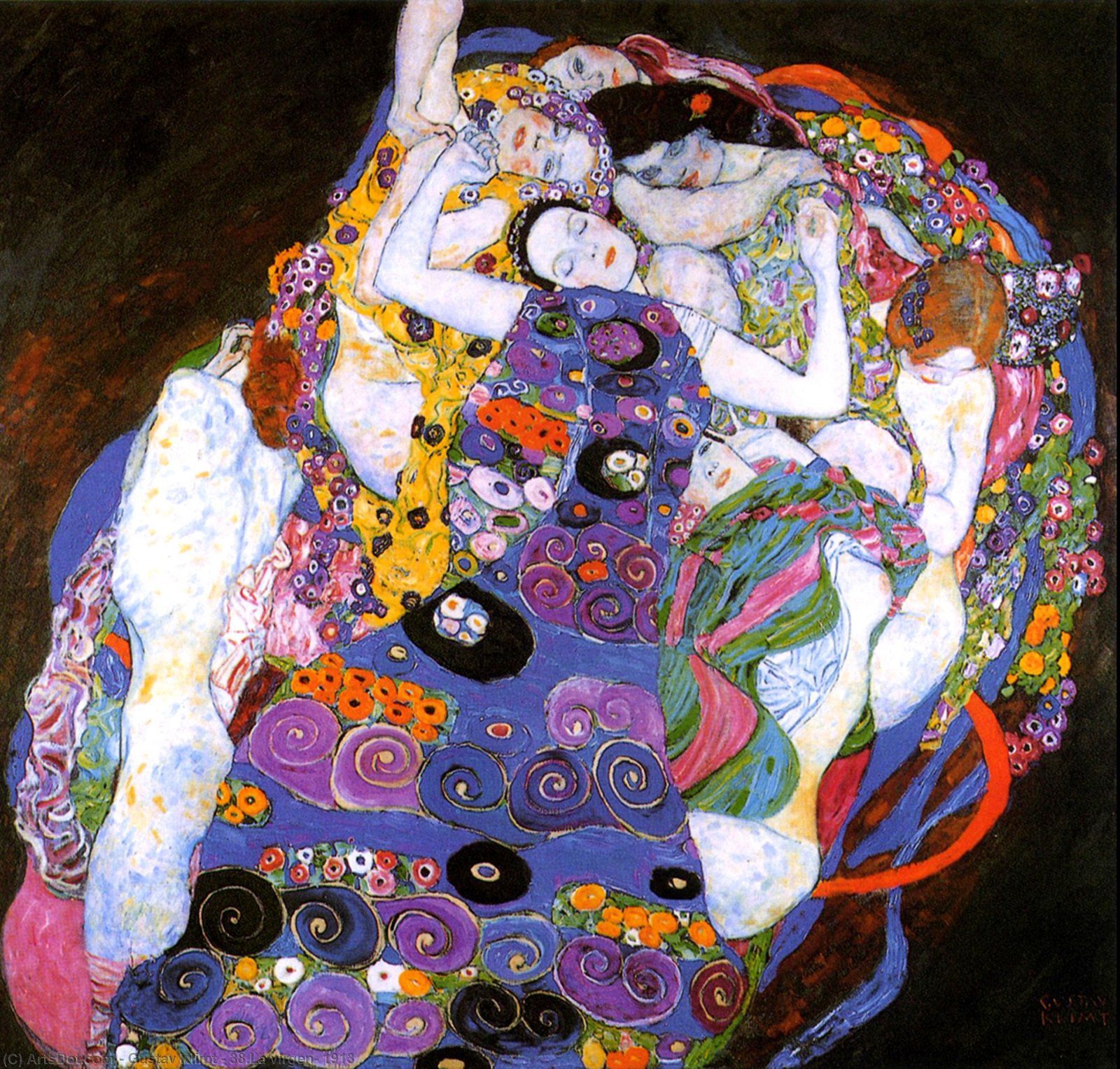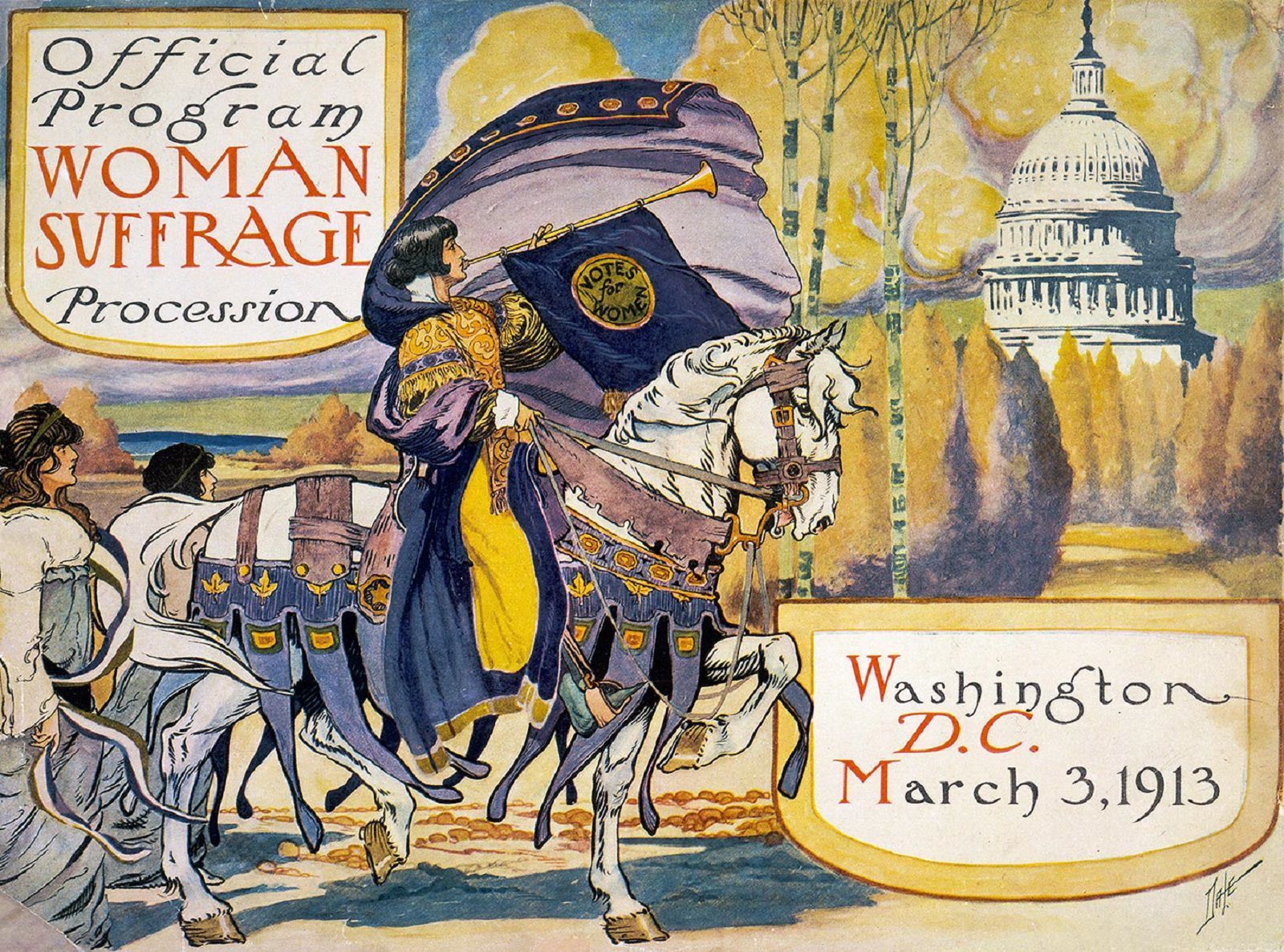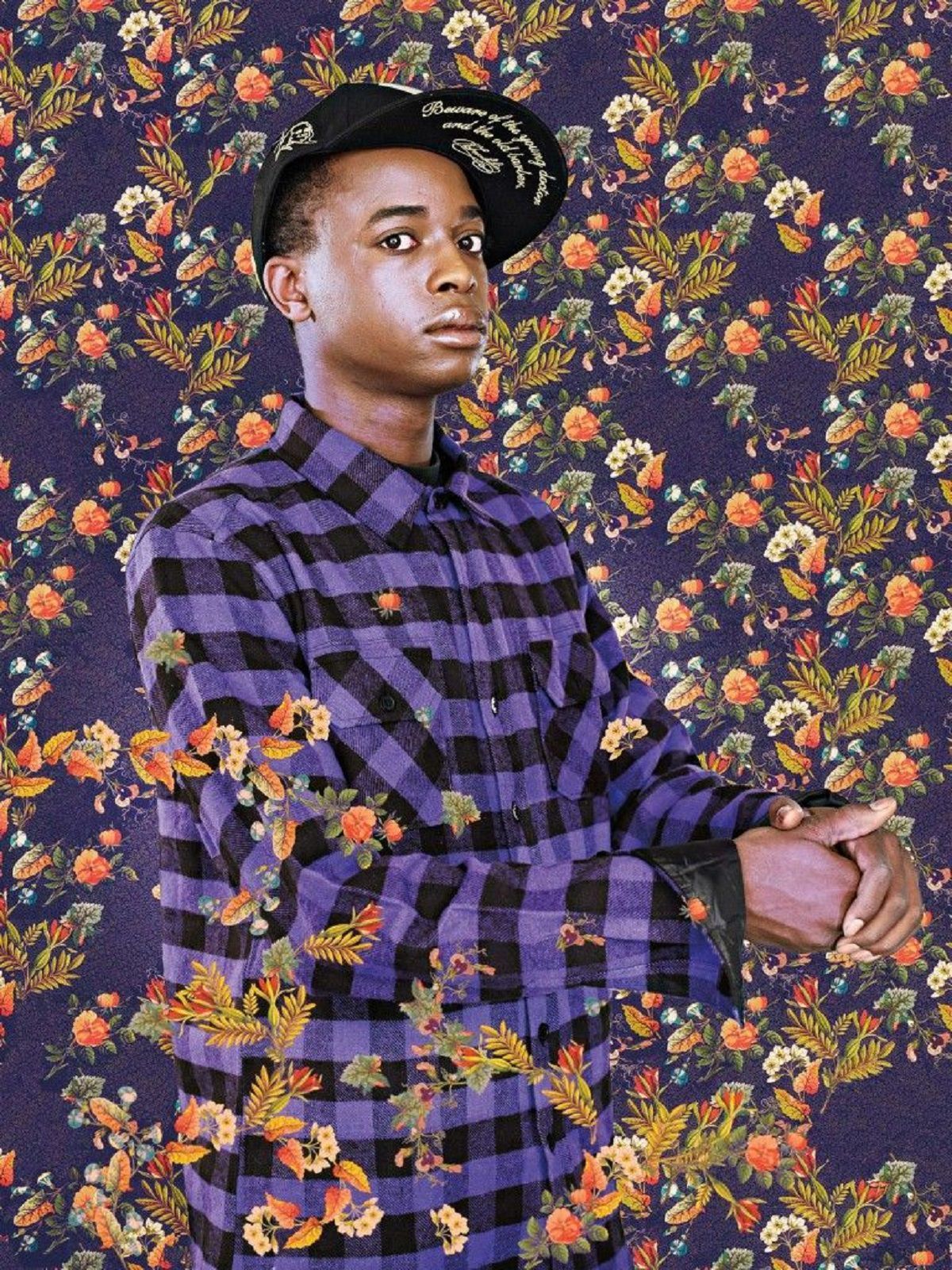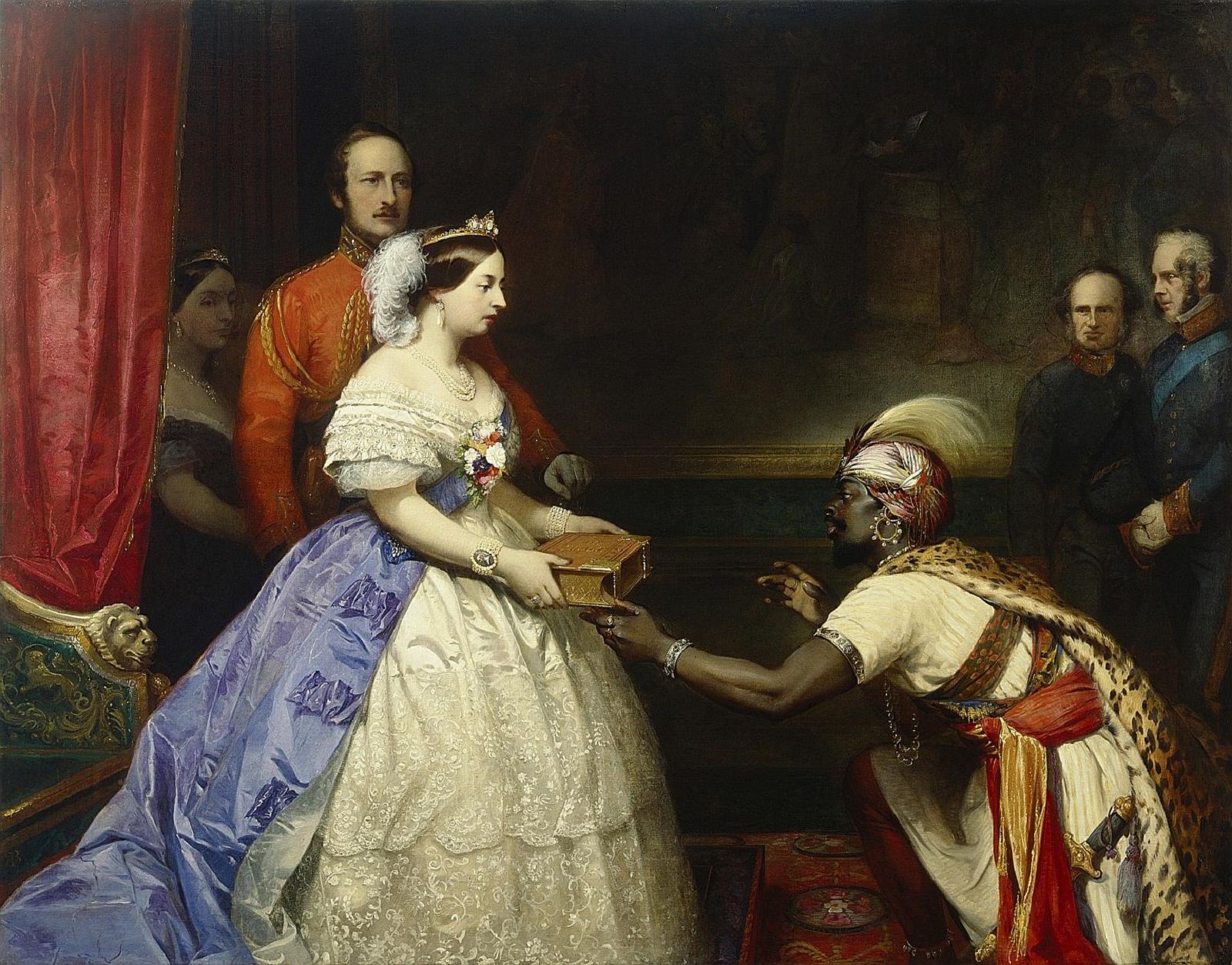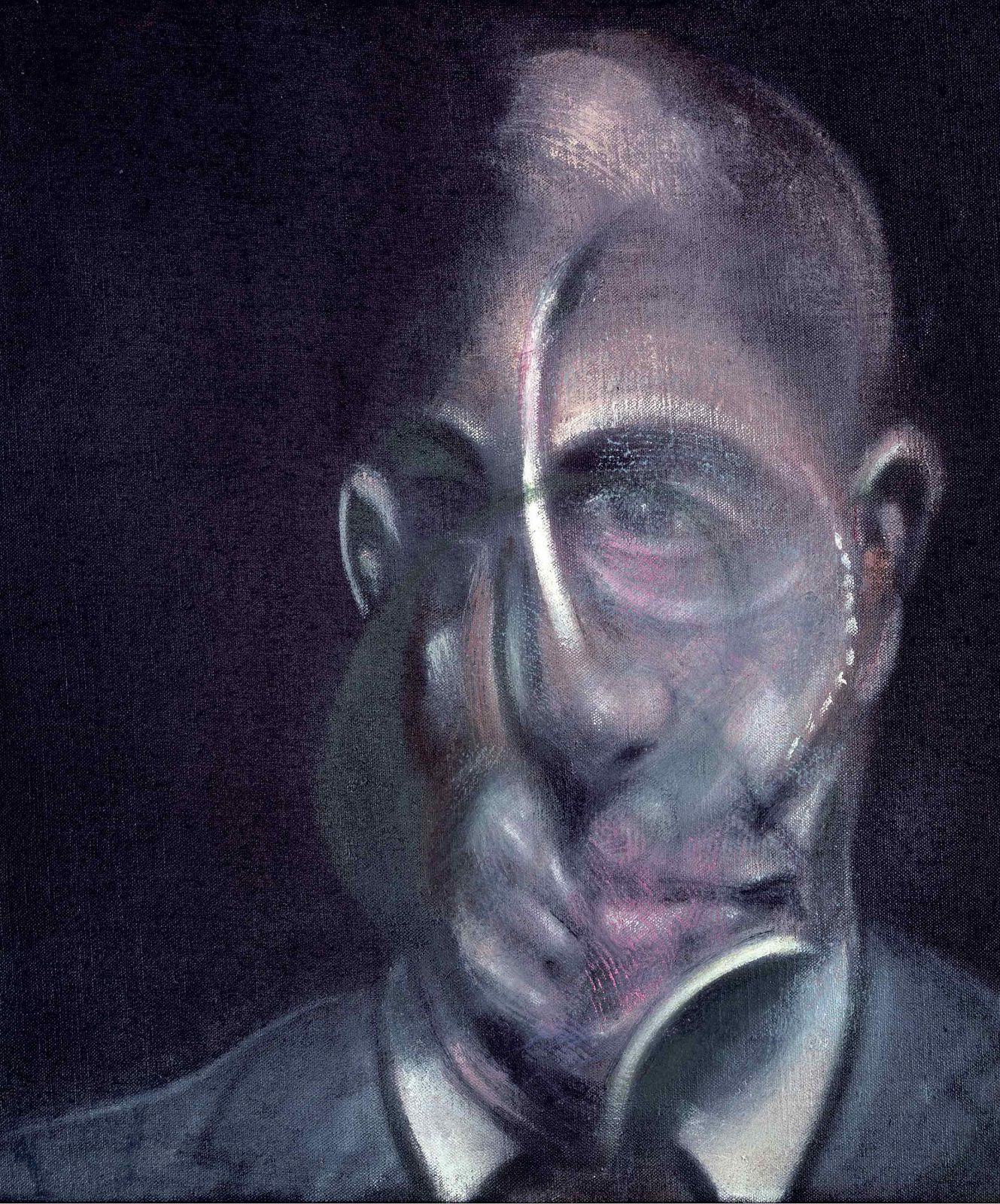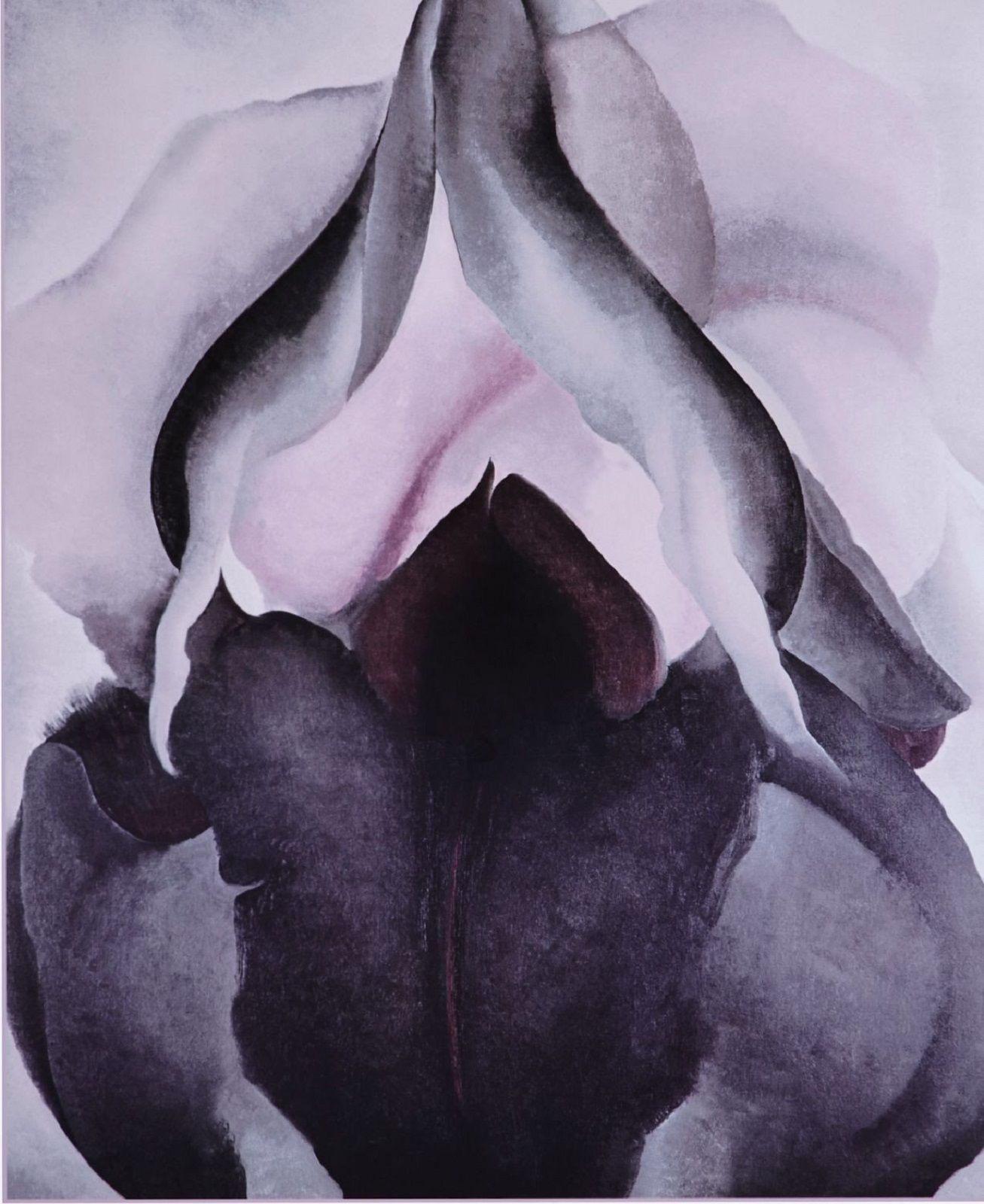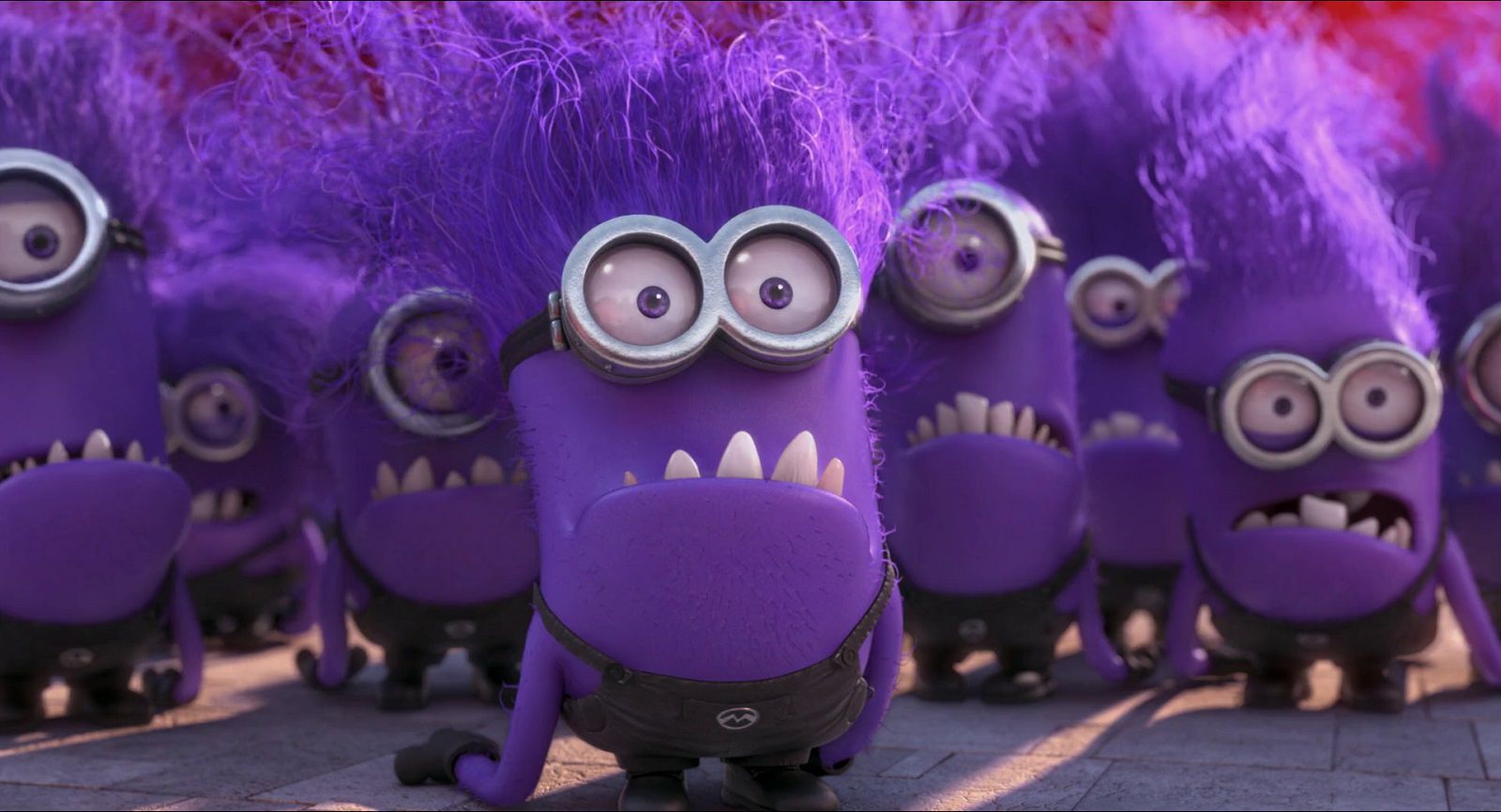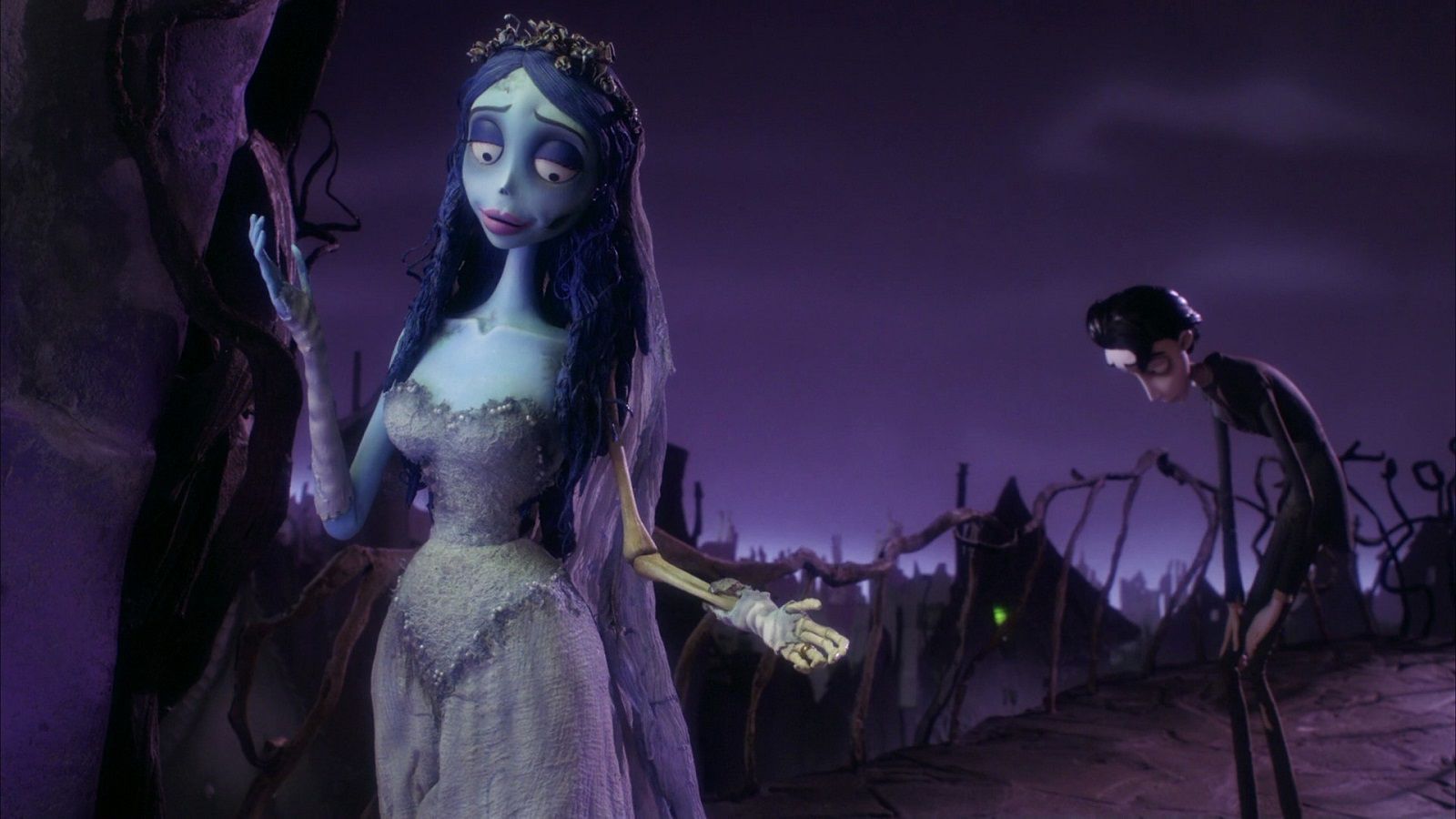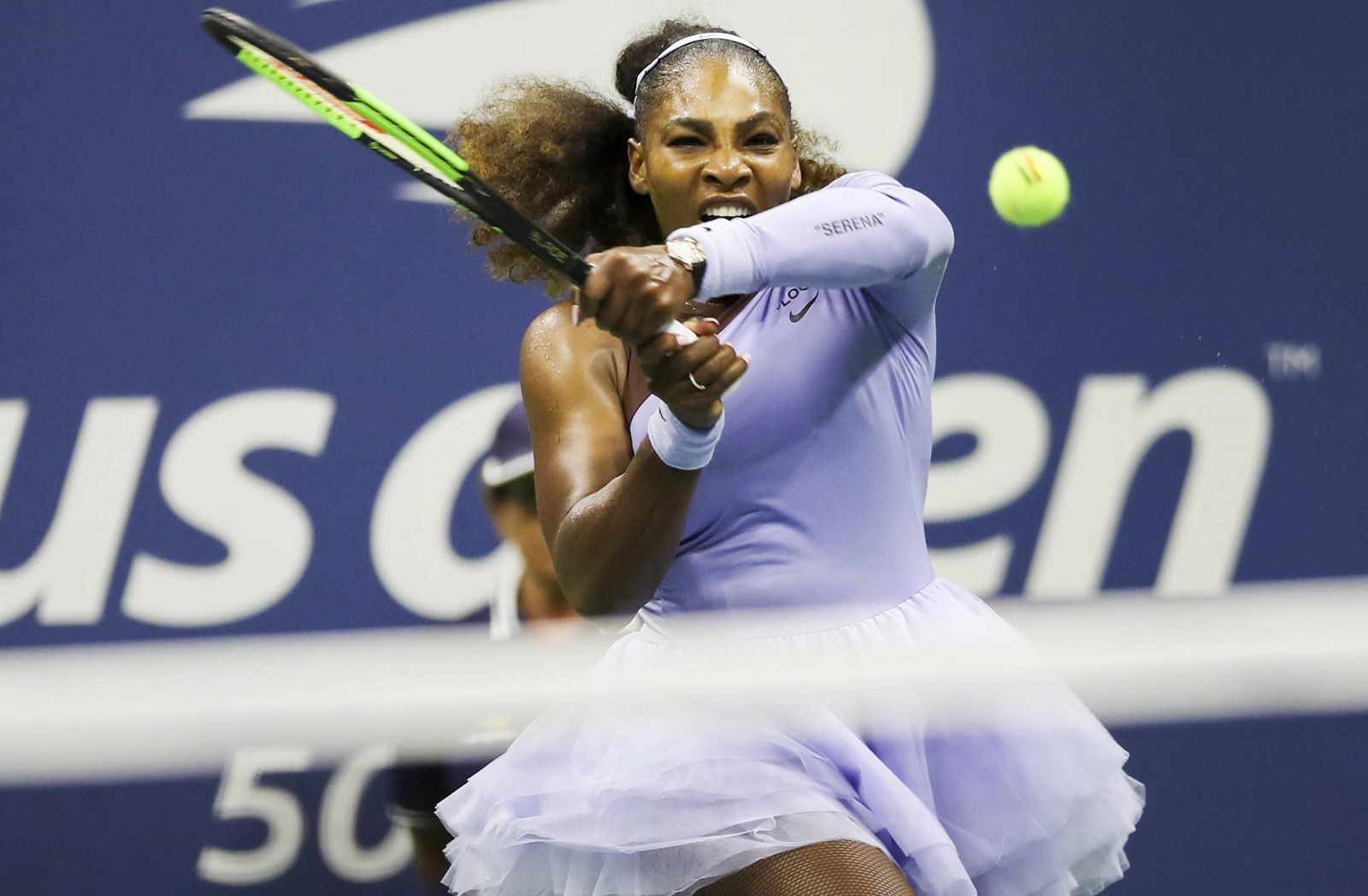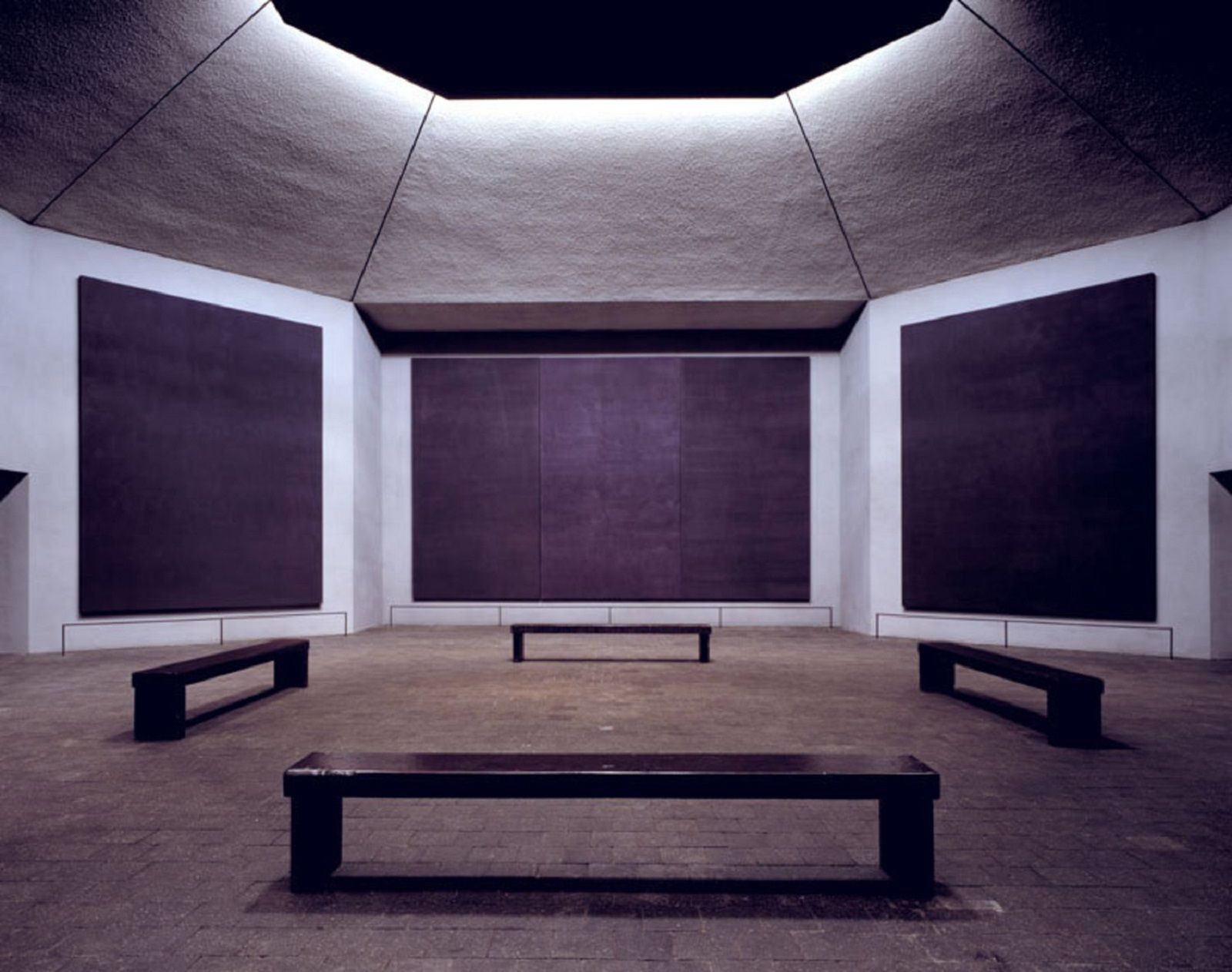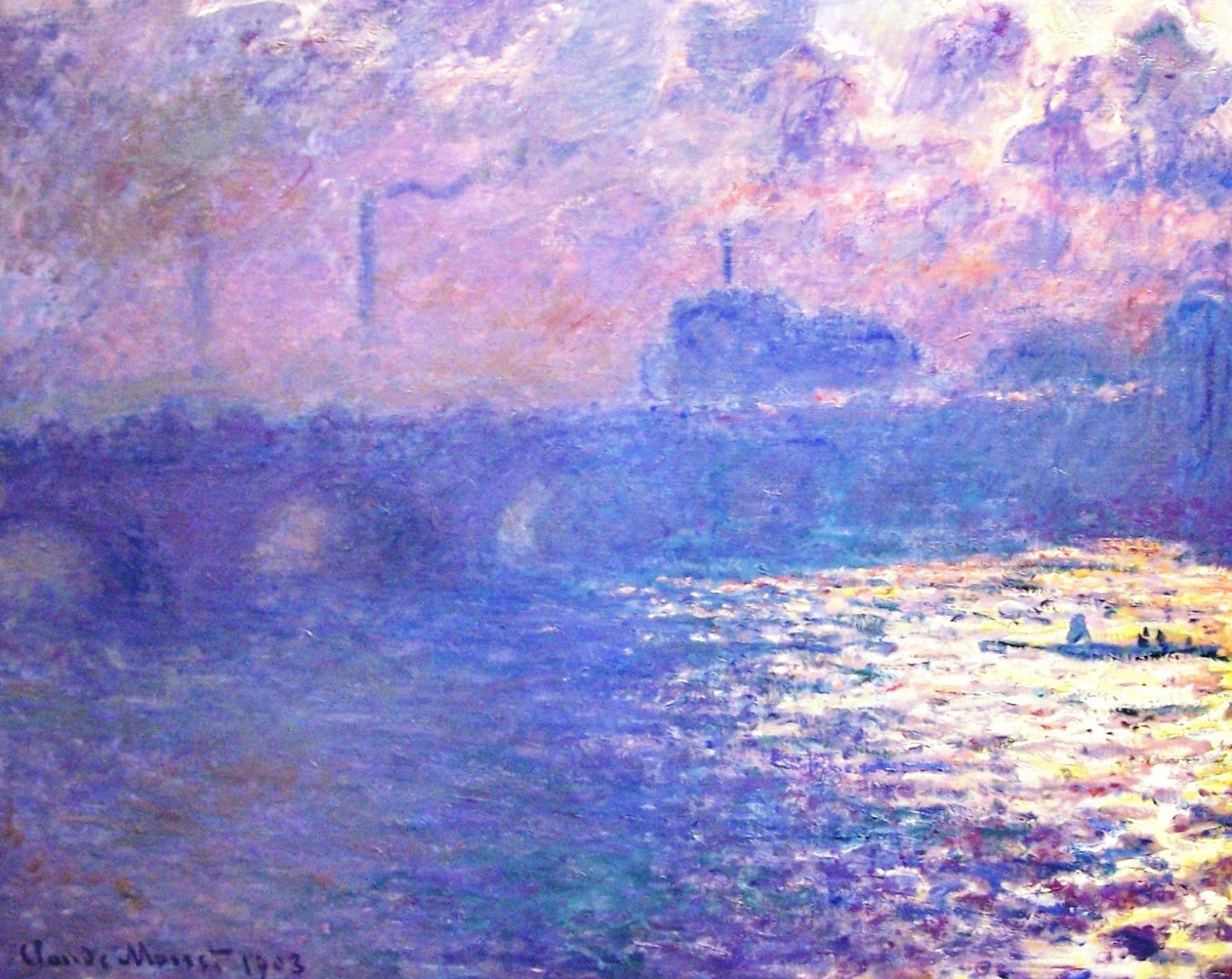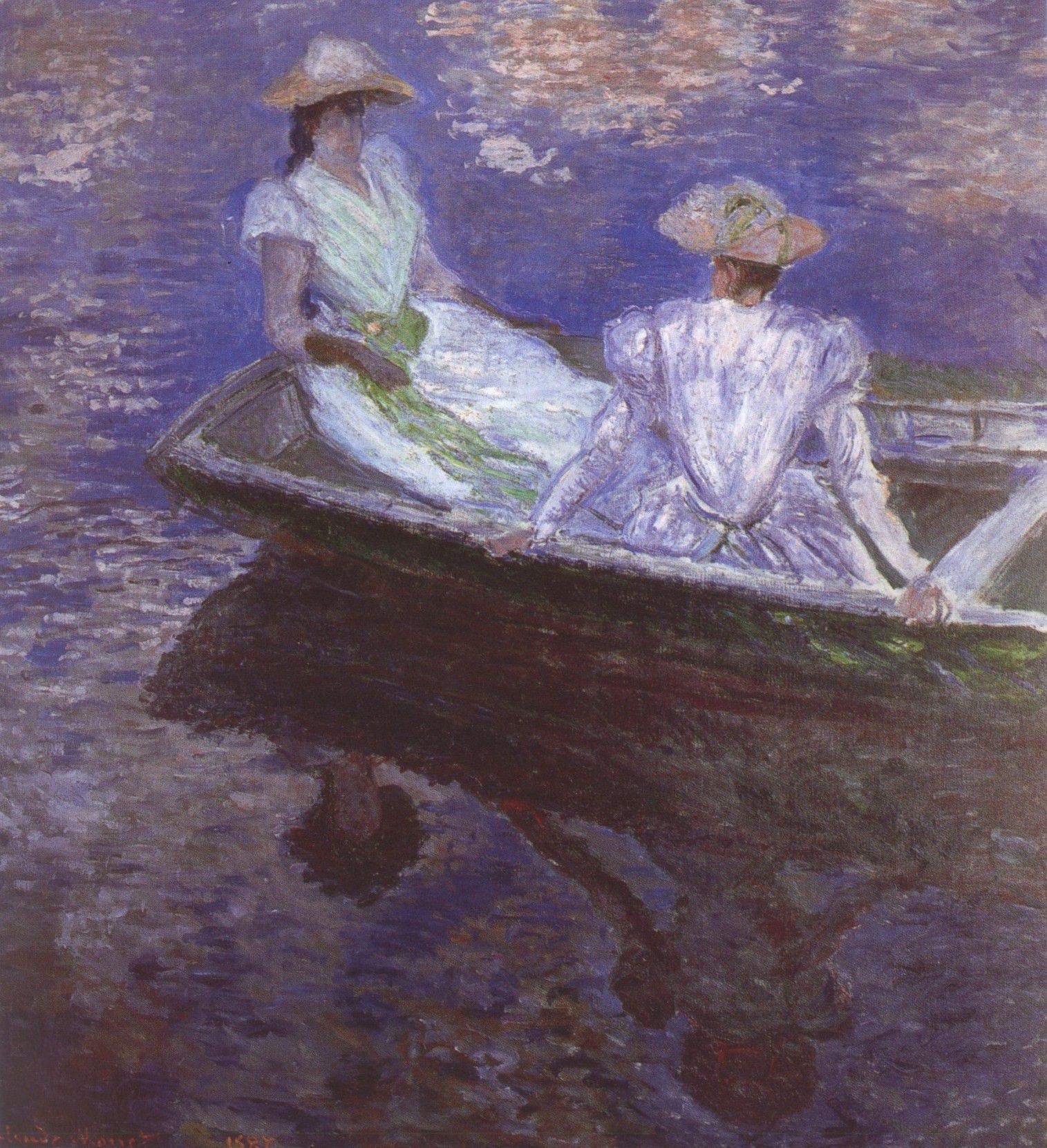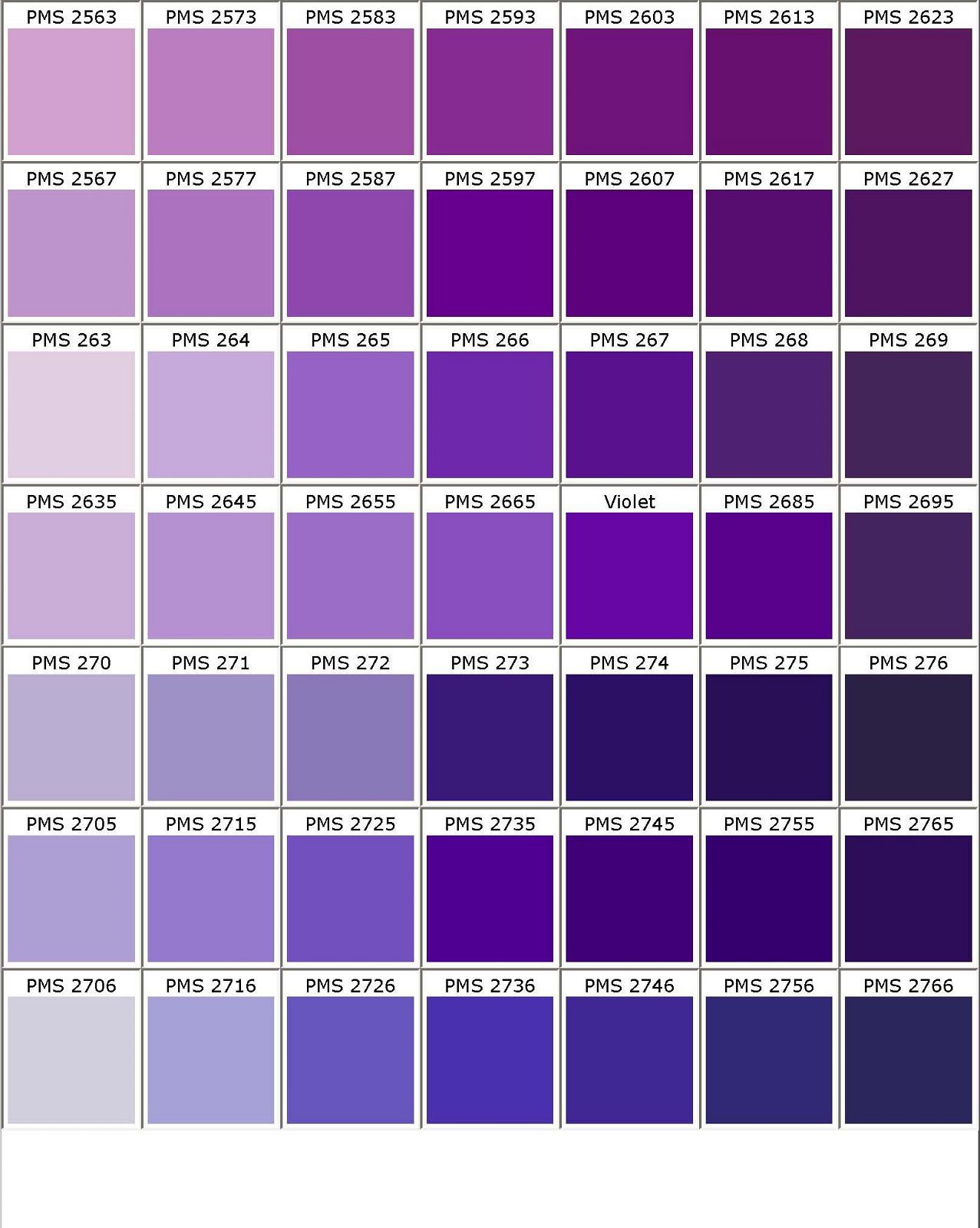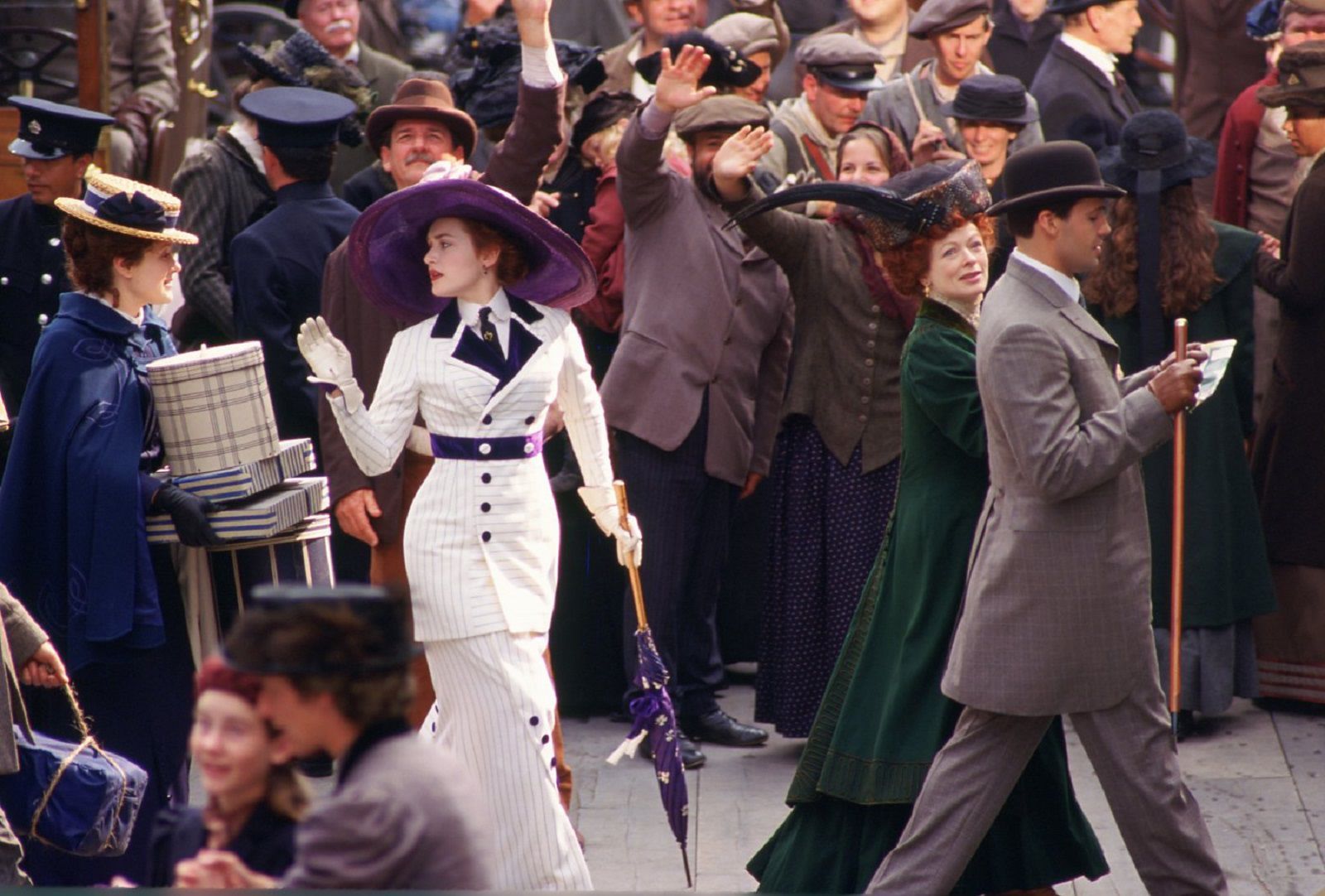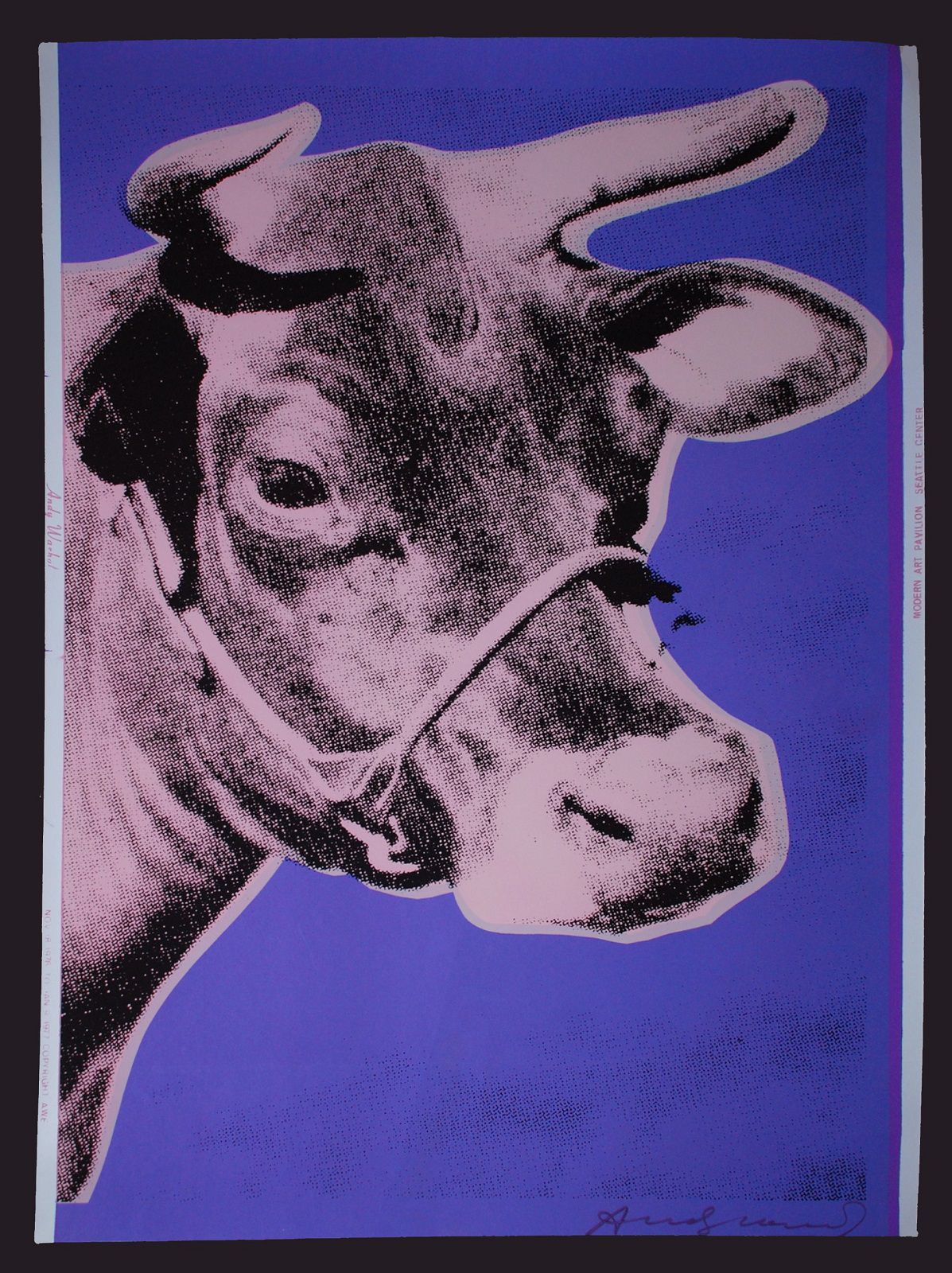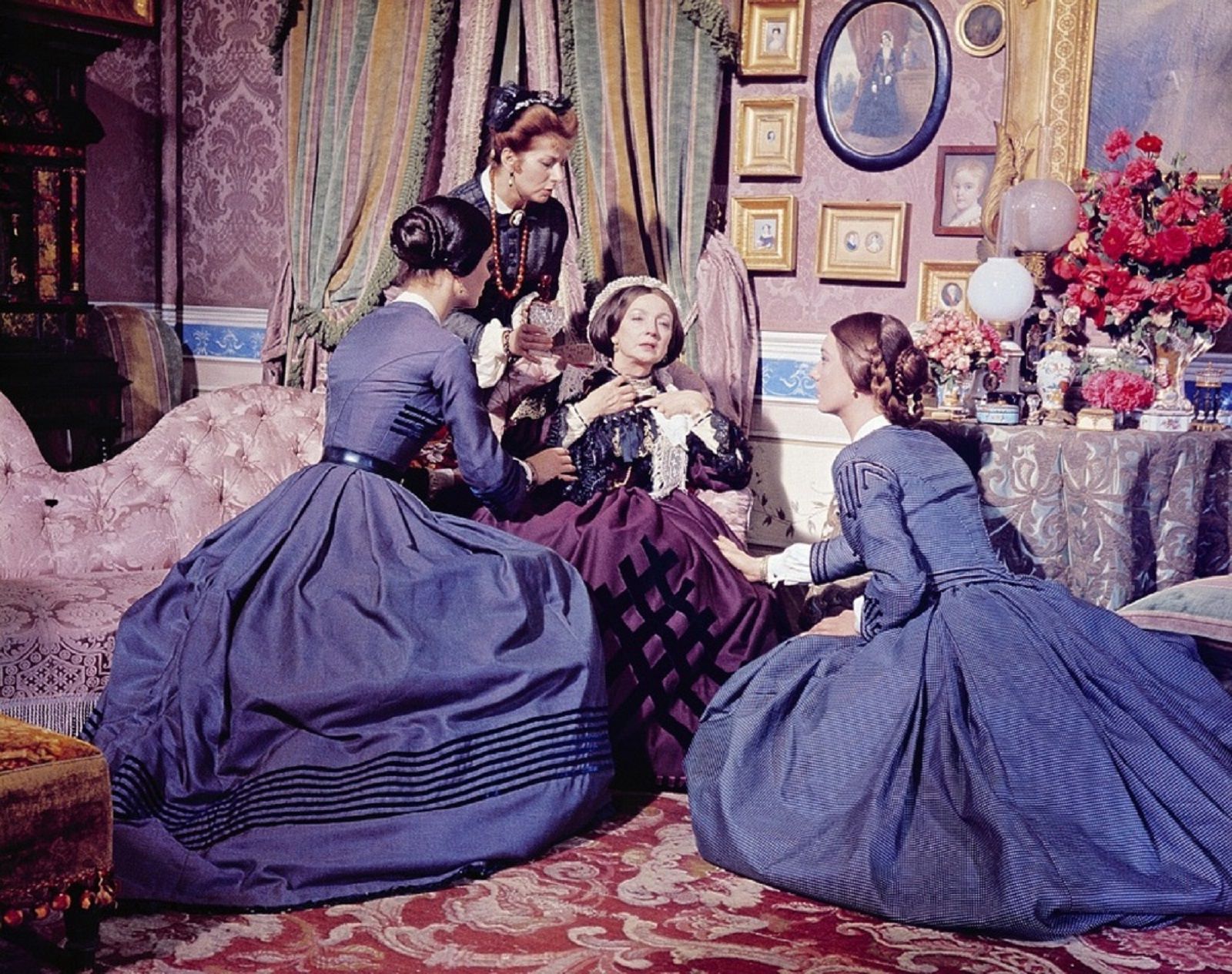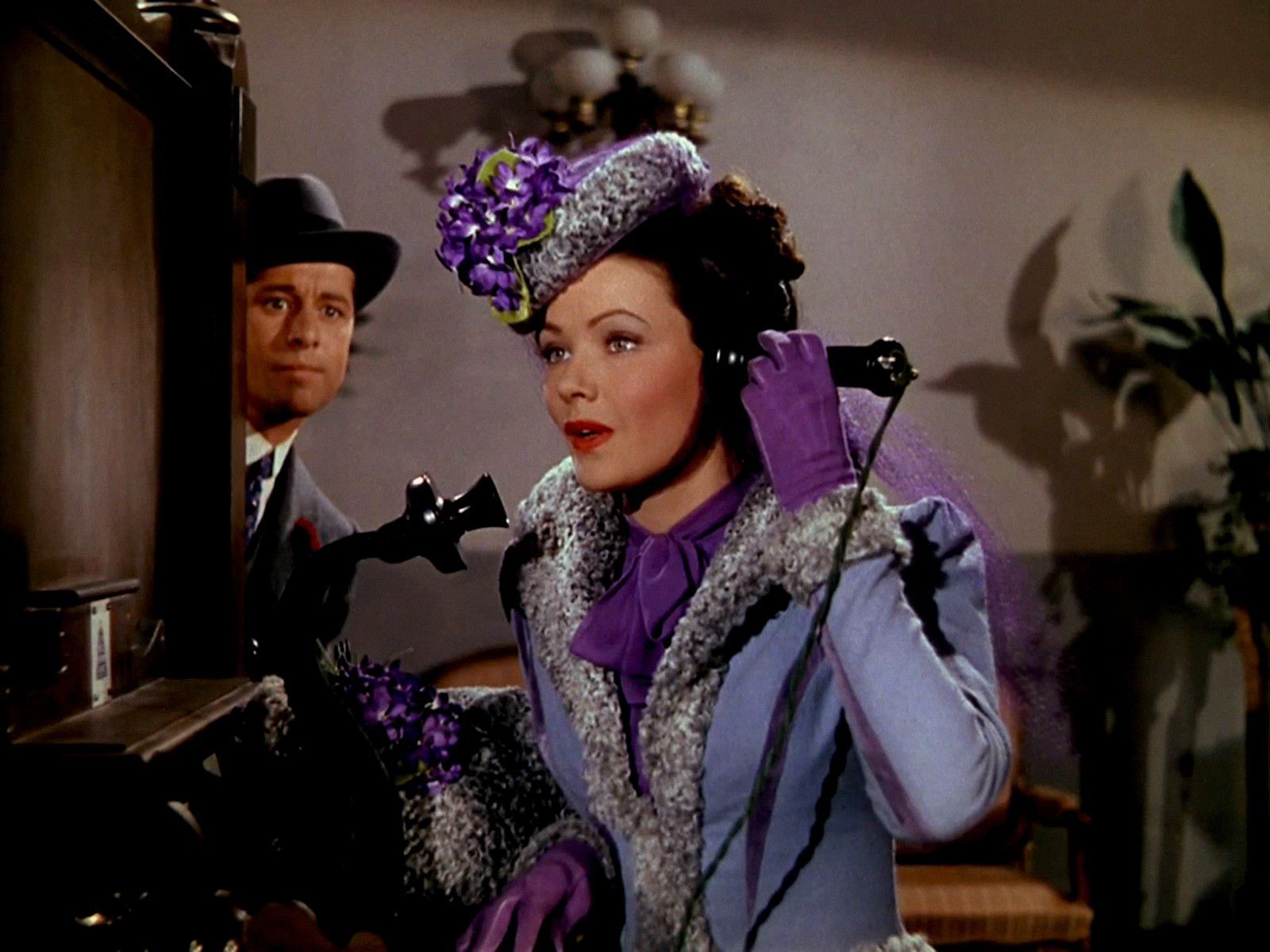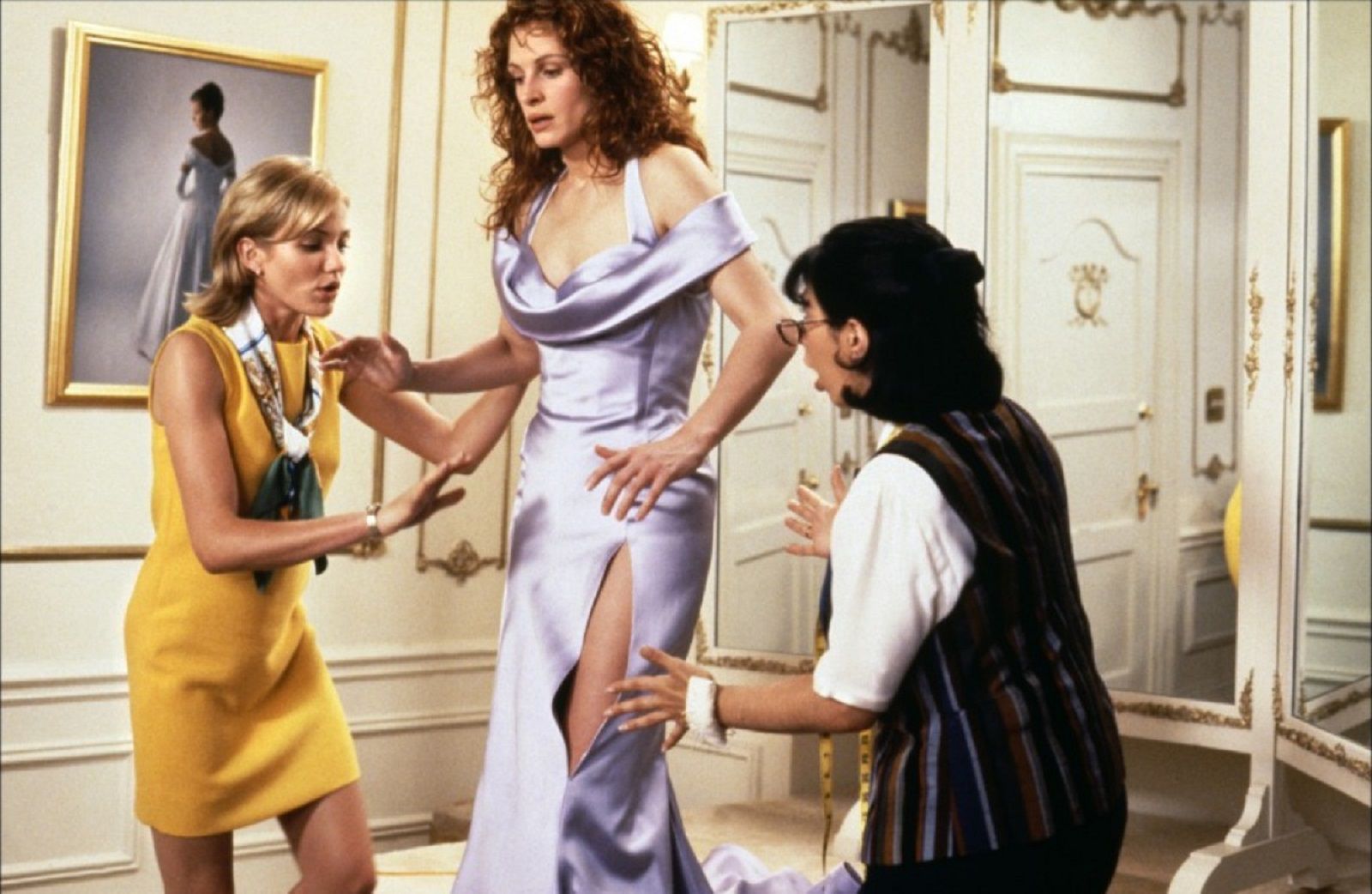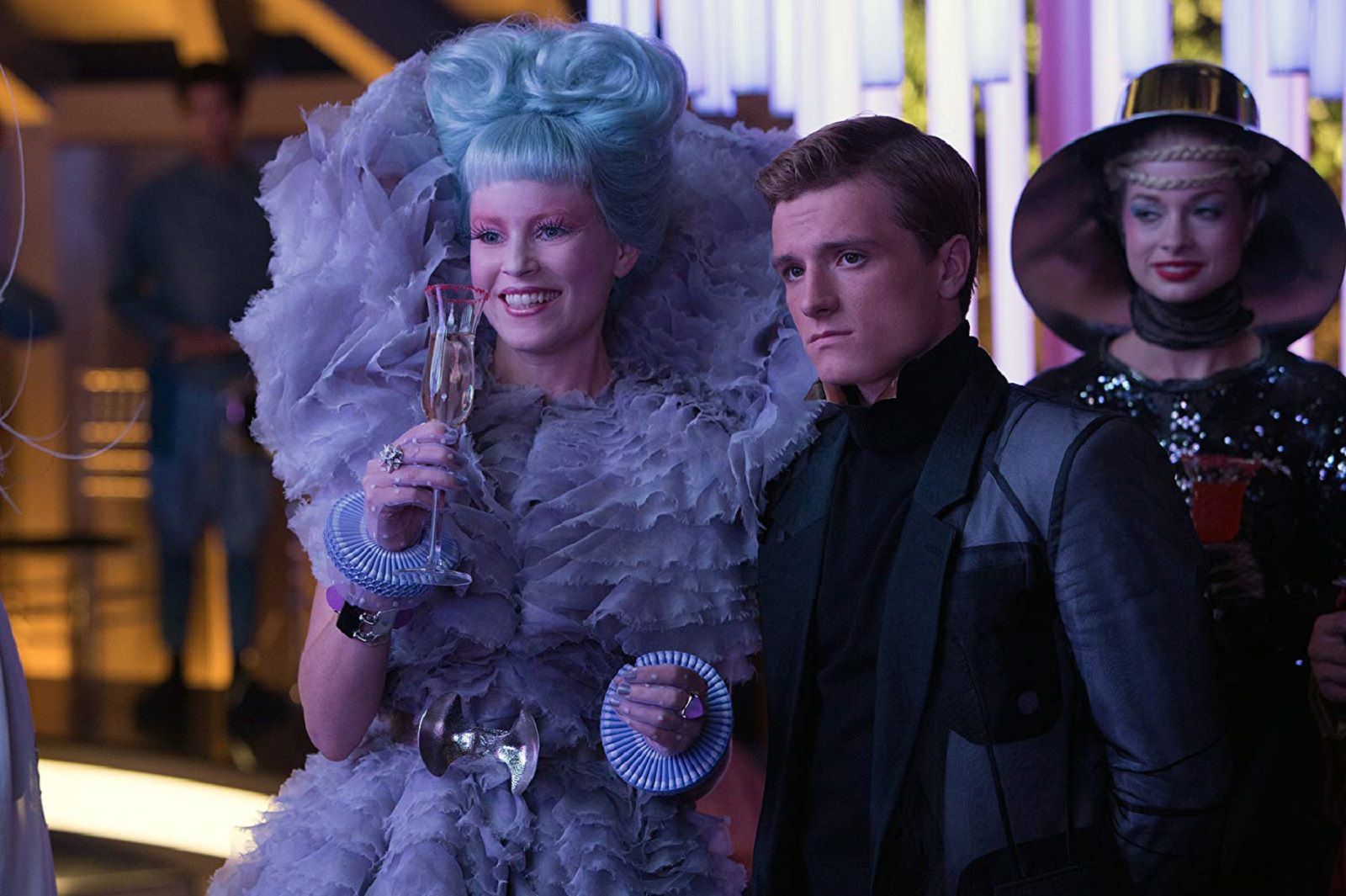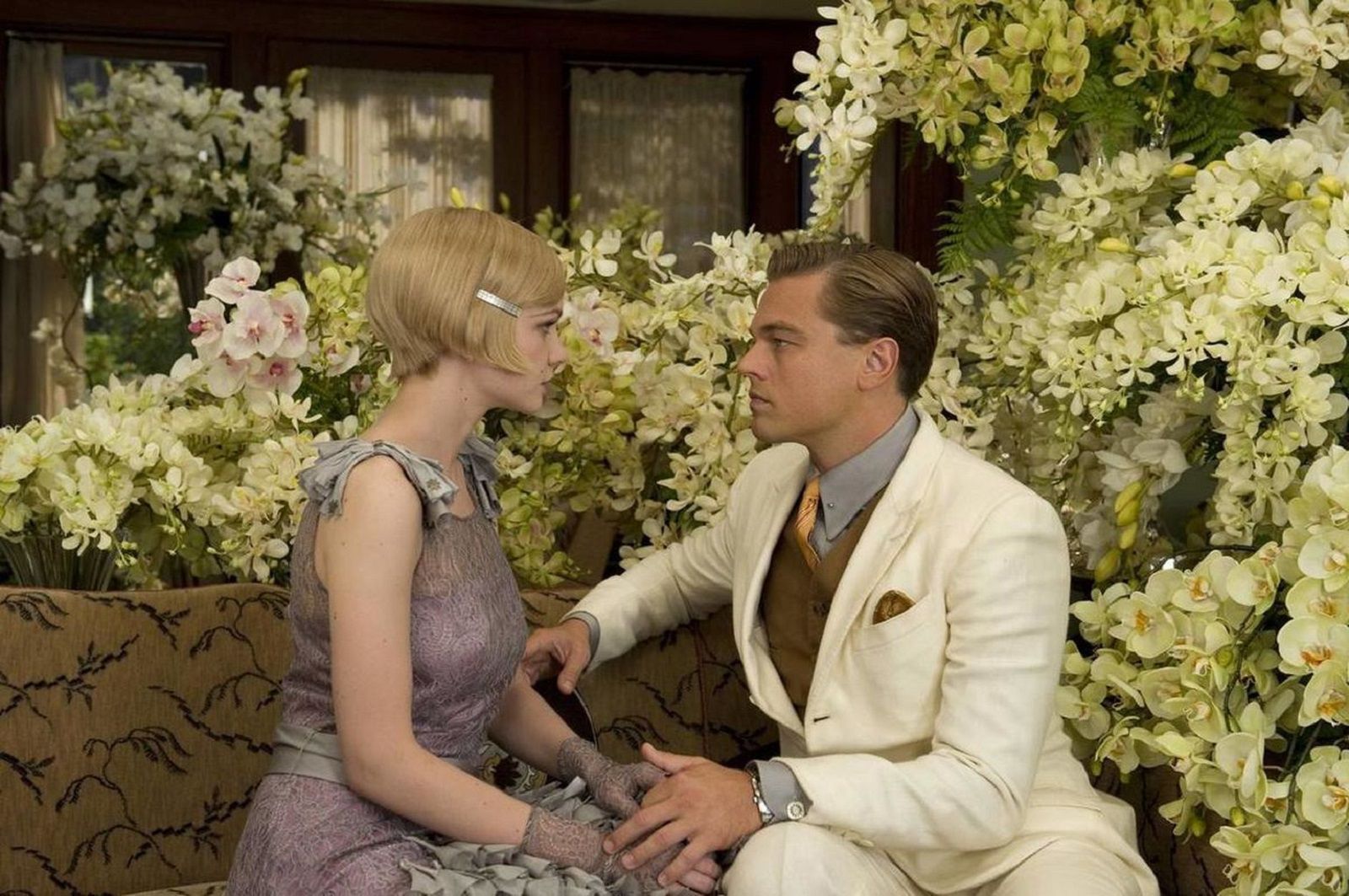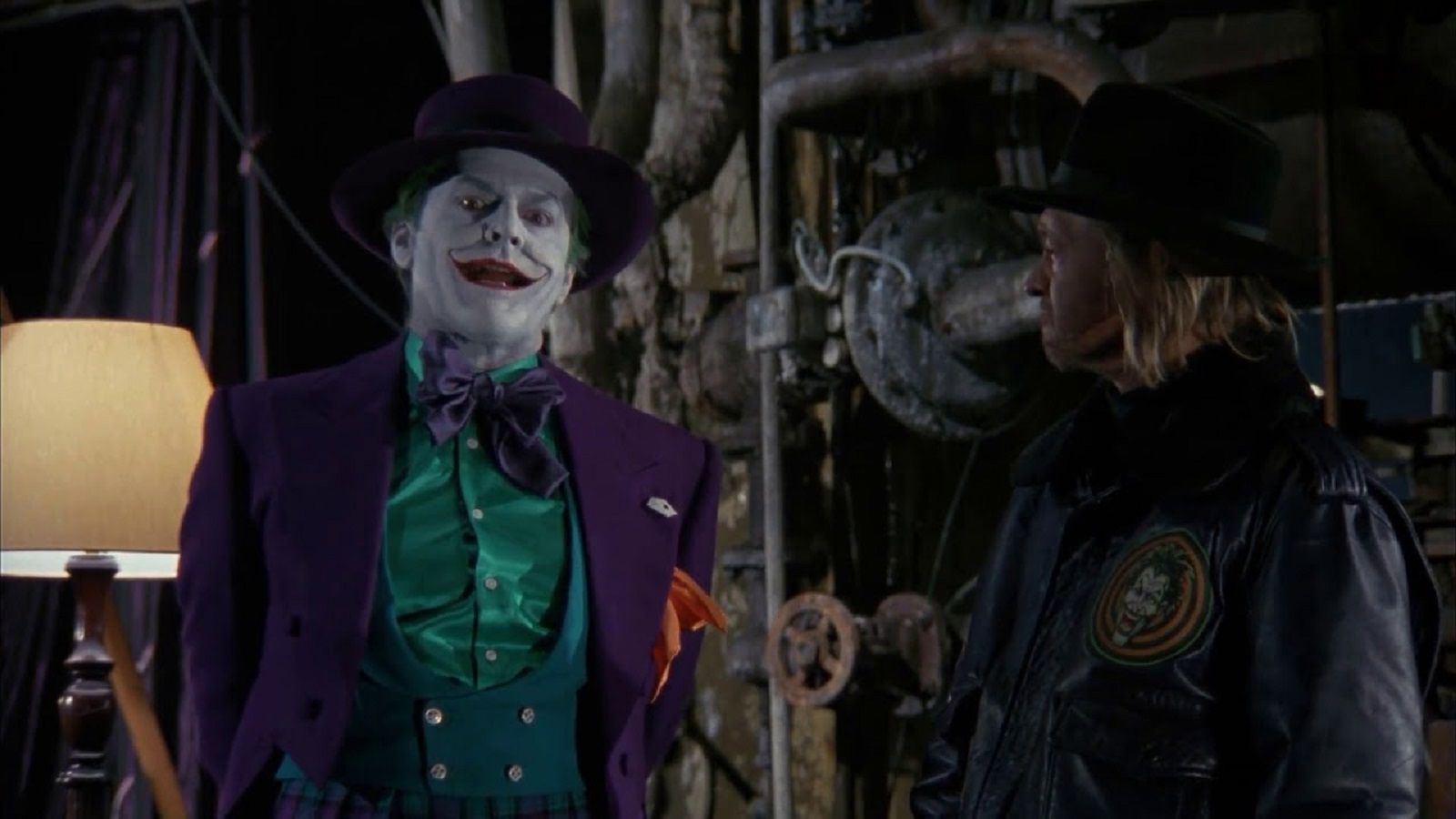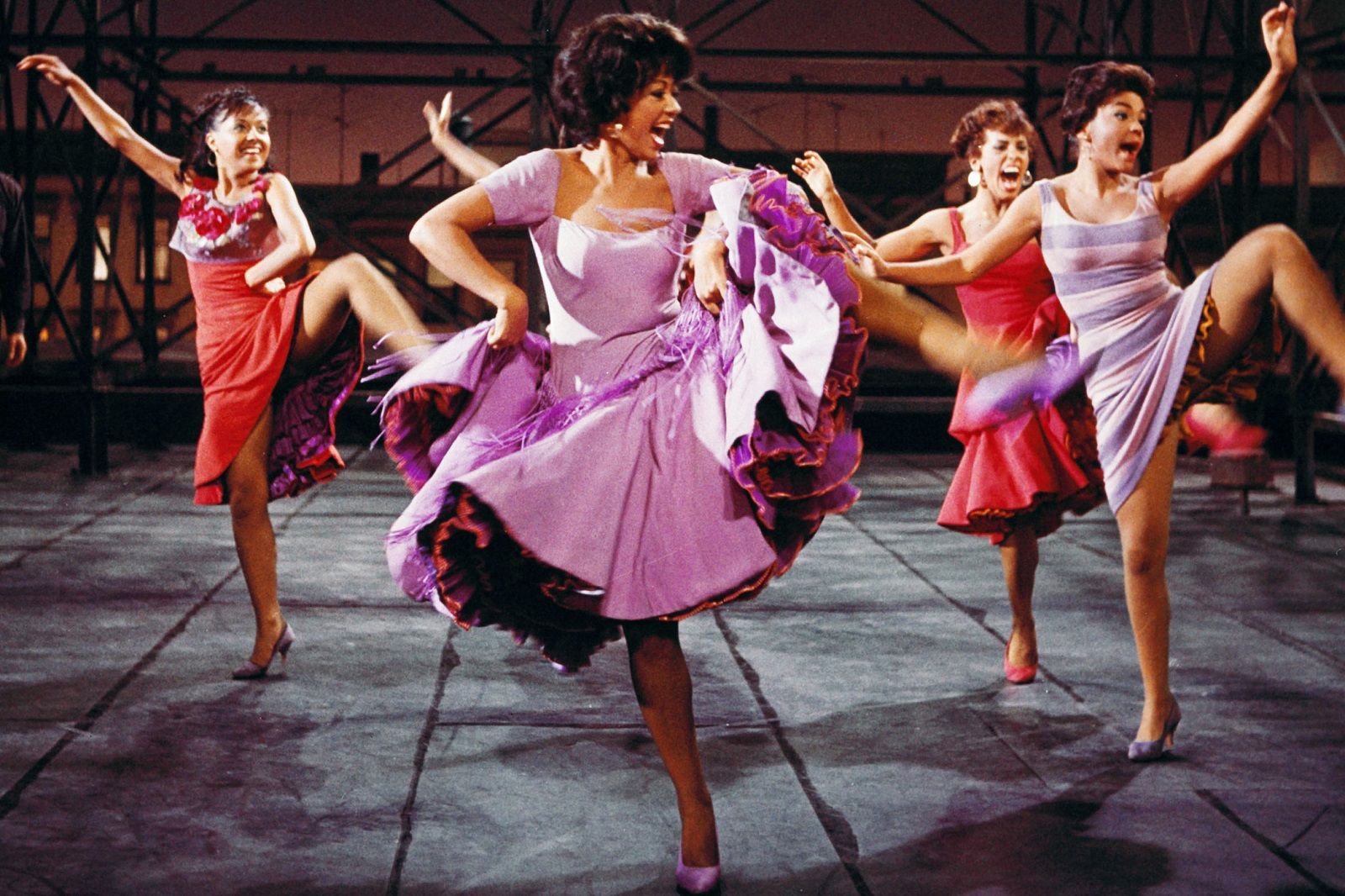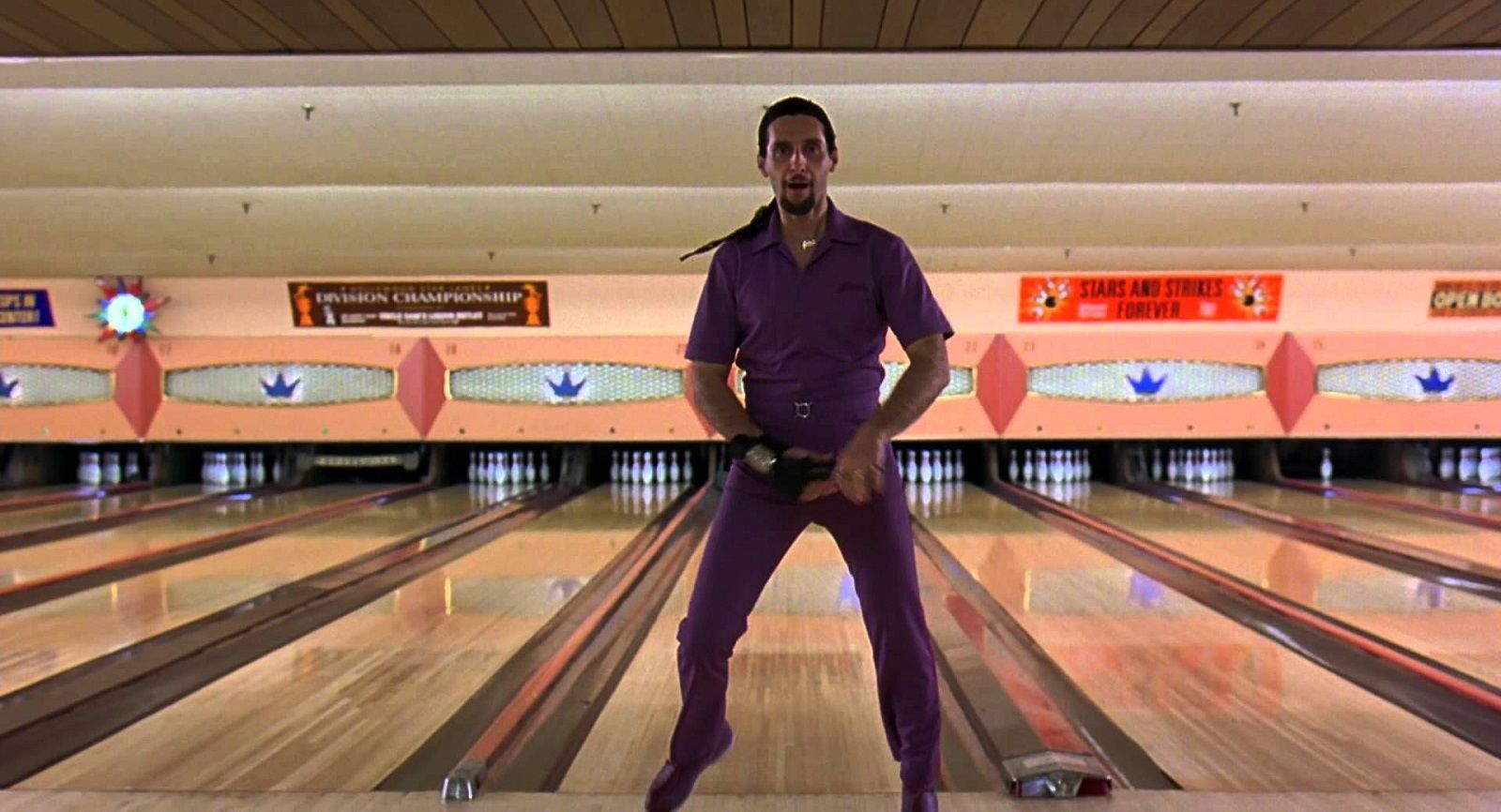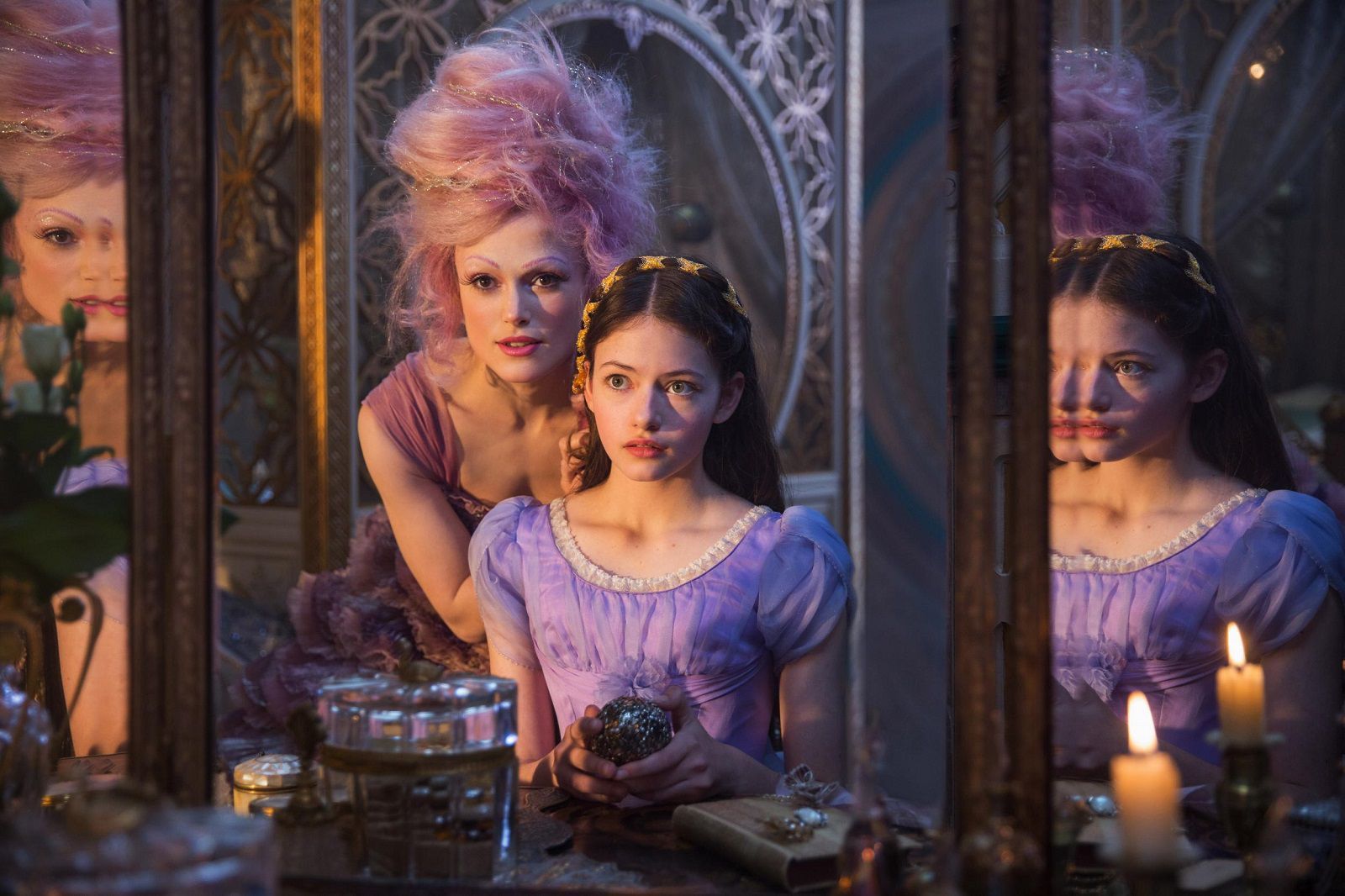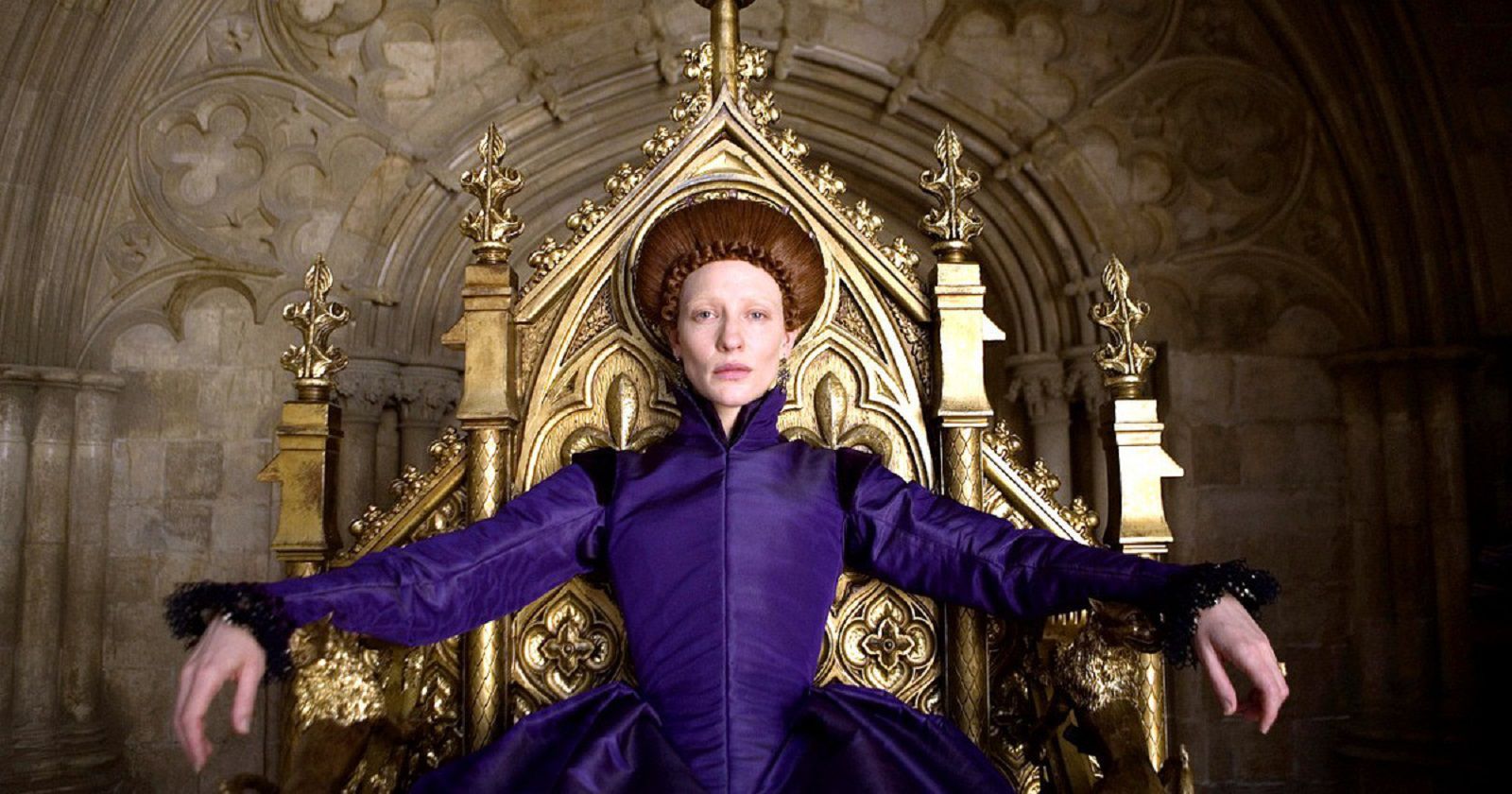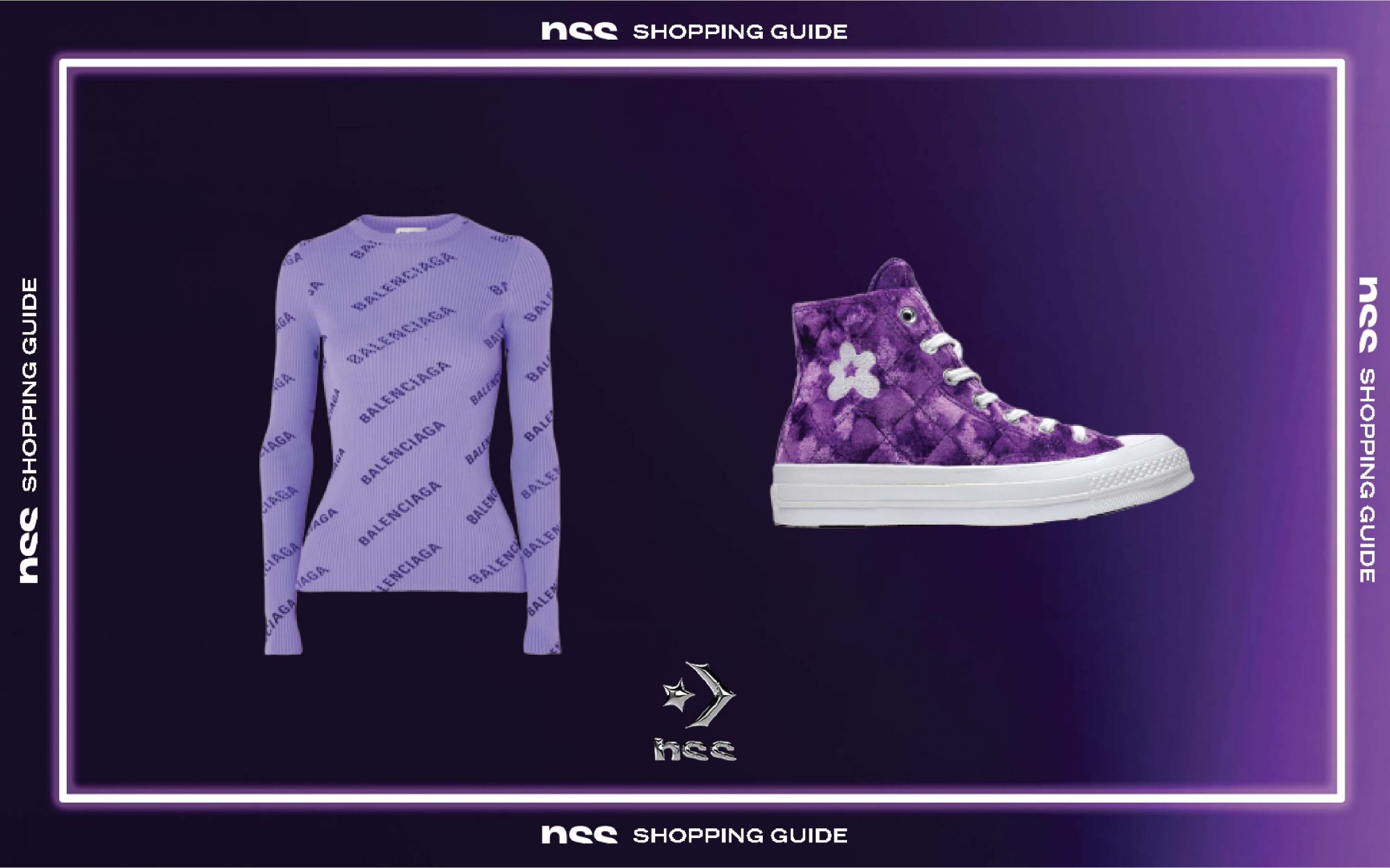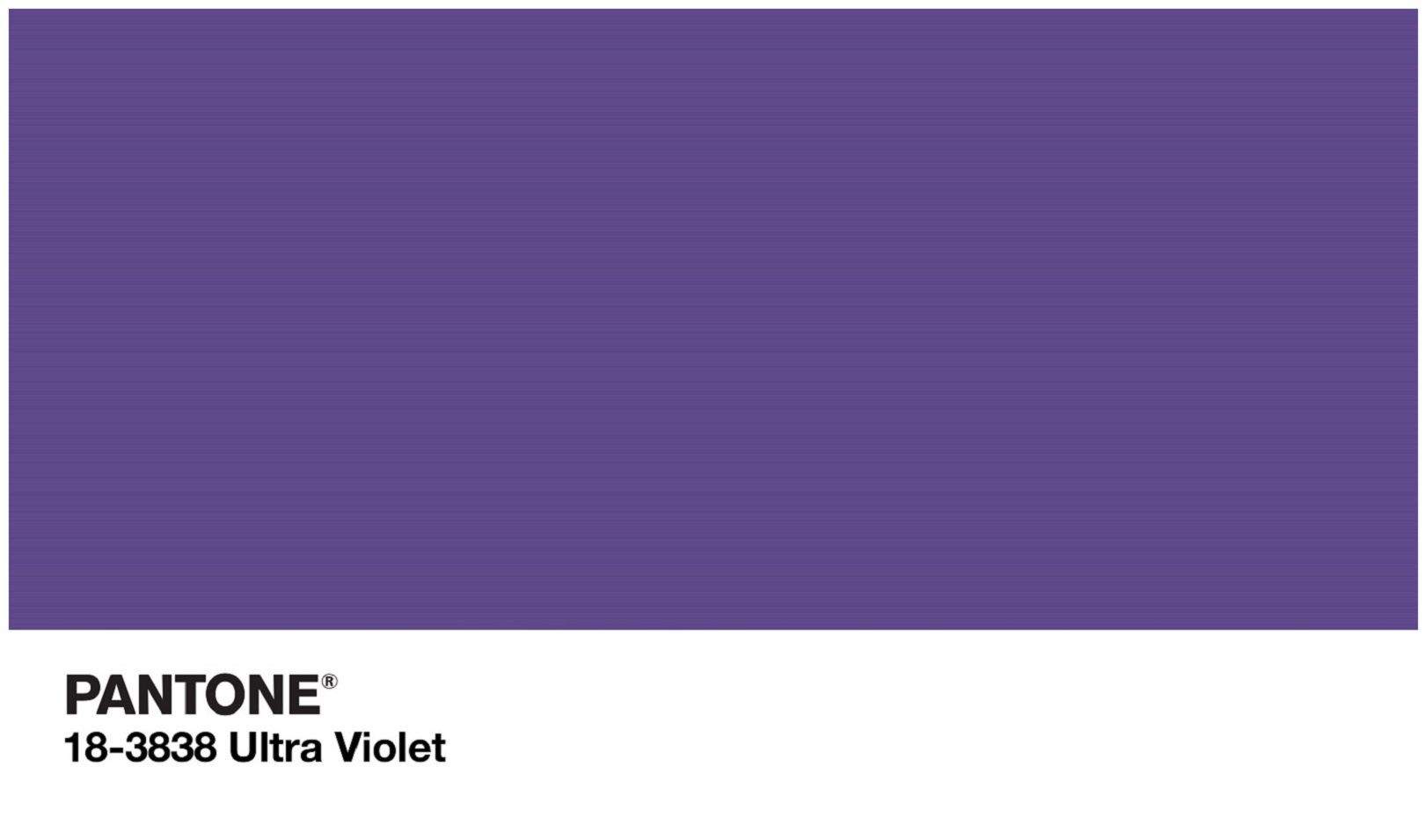
Purple’s Anatomy The cinema, the art and the sport explain us why this color is so important
nss factory and Converse invite you tomorrow, Wednesday, December 19, to the Purple Christmas G-Club Edition at Palazzo Giureconsulti, the highly anticipated Christmas event that will transport you in the magical female universe. Key word of the evening will be the purple, a color particularly dear to nss, eclectic nuance of a thousand shades.
It's the result of the fusion of two opposites, the red heat and the blue cold, has ancient origins and a ray of influence that has invested numerous but above all different areas: from the history of politics to that of art, from cinema to fashion. Loved by royalty and pop stars, chosen as the uniform of many teams, but also as a symbol of the feminist movement, protagonist of legendary paintings as well as the most beautiful design work. The purple and every its variant is an obsession that we do not want to leave.
Purple between History and Politics
We are in the first millennium BC, when the purple or violet of Tire is discovered, the pigment extracted from the mucous membranes of a small mollusk from Lebanon called Murice. Thus began the story of a color that, thanks to the high cost and the difficulty of finding (to obtain about ten grams of product need about 250,000 shells) becomes since its first appearance the color / favorite of kings, nobles, priests and magistrates throughout the Mediterranean. Mentioned in the Old Testament, but also in the Iliad of Homer and in the Aeneid of Virgil, depopulated between the Byzantines and among the most aristocratic Ancient Ancients. Julius Caesar falls in love with him during an expedition to the Royal Palace of Cleopatra, in Egypt, where everything were purple.
If the famous emperor on his return, declares, with a lot of ad hoc legislative corpus, that in Rome alone he has the right to wear a toga of that tint, Nero goes further and promises death to anyone who dares show off a head of the beloved chroma. More or less the same idea are Lorenzo de 'Medici in Florence during the Renaissance and Queen Elizabeth I of England in the sixteenth century that allows its use only to the closest members of the royal family (among which it is still a must). Things change since 1856 in the nineteenth century when William Henry Perkin, an 18-year-old chemistry student, casually discovers a synthetic recipe for pigment creation or, more precisely, for the "mauve" nuance. Result? The innovation makes the color the most "in" of the moment, so widespread that the English newspaper Punchderise labels the phenomenon as "mauve measles". The greater accessibility also coincides with a switch within the company: after being long exclusive of the ruling class, purple stands as an emblem of social change and in 1908 Emmeline Pethick-Lawrence inserts it as a symbol of loyalty and dignity, among the colors of the suffragettes. A decision taken even in the '70s when it’s elected the color of the Women's Liberation Movement.
Purple in art
"The violet is therefore a physically and psychically colder red. It has something sick, dull, sad... It resembles the sound of the English horn, of the bagpipes, and when it is deep, in the heavy register of the wood (for example the bassoon)."
So Wassily Kandinsky talks about our favorite inside of his treatise The spiritual in art. Claude Monet echoes him, exclaiming:
"I have finally discovered the true color of the atmosphere. It is purple. The fresh air is purple!"
A passion that is so strong as to infect the other Impressionists who obsessively choose it to be labeled by critics as" violettomani". Throughout the 20th century, many other artists put this color into their work.
The architect Frank Lloyd Wright used to wear a purple cloak to feel more creative; Georgia O'Keefe uses its different shades for the petals of Black Iris; Gustav Klimt chooses it for the dress of Portrait of Emily Fidge; Paul Gauguin introduces him in his usual palette; for the expressionist Mark Rothko its calming and meditative power is perfect to fill the panels of the Rothko Chapel in Houston. With the purple Francis Bacon paints his twisted bodies, using it also to recall the old symbolism of power as in his Study after Velasquez's portrait of Pope Innocent X; but it is the Pop Art by Andy Warhol that definitively consecrates it to the pantheon of the most beloved colors of art.
Purple at the Cinema
Have you ever wondered why in the entertainment world, purple is considered a color that brings bad luck? Everything goes back to the Middle Ages and the early Renaissance when the most flourishing period of the theater was the carnival. Too bad that this coincided with Lent. During the 40 days preceding the resurrection of Christ, the Church imposed the closure of the theaters on which purple drapes were posted as a sign of mourning and penance. So a moment of joy was transformed by actors, directors and playwrights who could not work and earn in crisis and hardship. Ancient superstitions aside, the purple and its many variations on the big and small screen multiply. They appear in the photograph (Tim Burton from a true alternative chooses them for their dark and evocative mood), in the scenography and, above all, in the costumes. The Batman Joker suit, that of Gene Wilder in Willy Wonka and the chocolate factory or, of course, that of Prince in Purple Rain; the slip dress by Julia Roberts in My best friend’s wedding; Chloë Grace Moretz and Milla Jovovich, both in heroin version respectively in Kick Ass and Ultra Violet; Elizabeth Banks in the extravagant role of Effie in the saga of Hunger Games. And what about the wardrobe of the iconic Liz Taylor aka the diva with the violet eyes in Cleopatra?
Purple in sport
If you think that the color born of a small mollusk from Lebanon is too chic for the world of sport, you're wrong! Have you ever seen the uniforms of Vikings, Los Angeles Lakers or Real Madrid? And the Nike dress raised by Serena Williams during the last US Open? Of course you will not have missed the purple tide that accompanies every game of Fiorentina. The choice of this color for your uniform is the subject of various legends. In 1926, in fact, the Fiorentina Football Association had white and red knit and shorts and only a couple of years later came the plain-colored purple version. The most widespread theory holds that the new color is the result of a wrong washing of the uniform; while for others the choice is linked to the history of Florence. It seems that the Roman founders gave the city the name of Florentia because the hills and meadows that surrounded it were invaded by the flowers of iris.










































